This is the place for those who want to go a little off-the-beaten-track. For travel to Northeast India is definitely going to be one of the most amazing experiences of your life. Here, the landscape is as varied as the culture. It is a land full of surprises. Jaw-dropping sceneries, the gracious hospitality of the locals, the diverse traditions and culture along with a rich history and the eco-friendly way of life have made Northeast India one of the most unique and special travel destinations in India.
Northeast India is undoubtedly one of our favourite destinations and we keep going back there whenever we can. We have been often asked by our readers about Northeast India Tourism and travel. The result of all such questions is this article, the comprehensive Northeast India travel guide where we have tried to answer the travel related queries and have given important tips regarding travel to Northeast India.
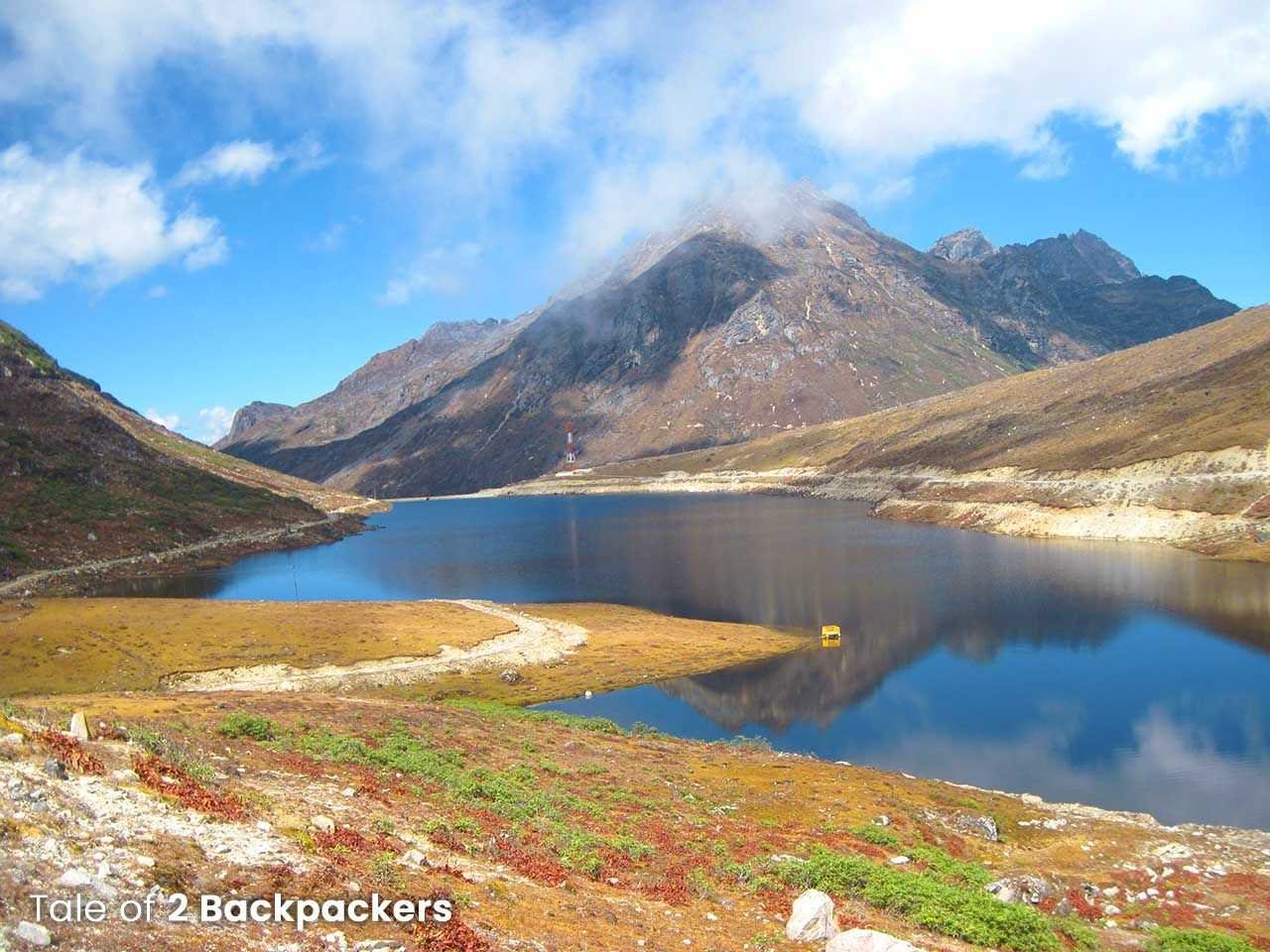
Northeast India travel has never failed to surprise us. Be it chasing the clouds and waterfalls of Meghalaya or attending the colourful festivals of Northeast, each time we visited the land we were overwhelmed by the natural beauty, tribes and culture of the northeast Indian states. And the best thing is that Northeast India is one of the few places where the people still respect nature and live in perfect harmony with them. Of late, the states of northeast India has come on the tourist map because of various annual festivals like Hornbill, NH7 Weekender, Ziro Music Festival, Sangai, Dambuk Orange Festival and others. But believe me, northeast is much more than these colourful festivals.
You must have understood by now that we love Northeast India. Agni also has his roots in Assam, one of the northeast states. Our first trip to the northeast was in 2012 when we visited Tawang in Arunachal Pradesh. That was the first time I was introduced to this exotic and brazen land that is so rich in history and culture.
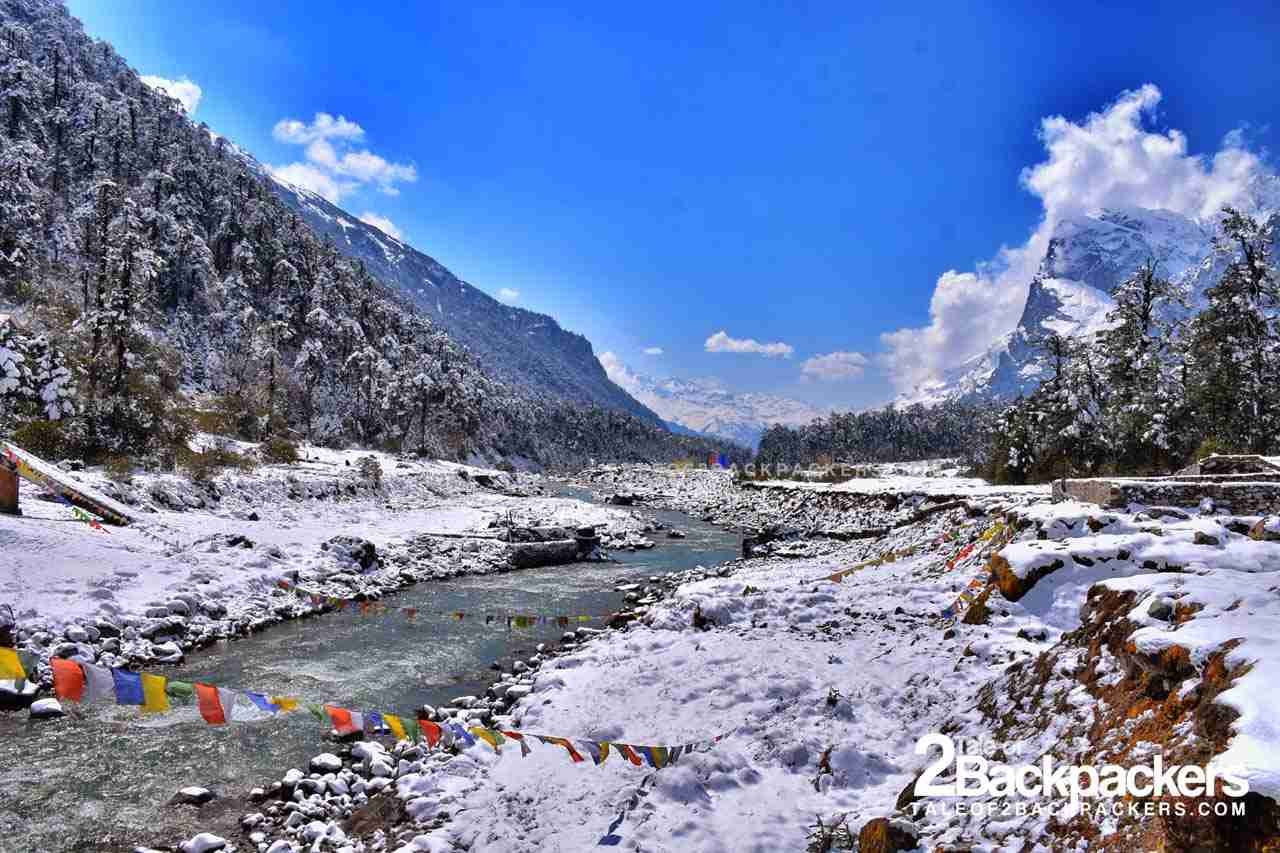
Where is Northeast?
Northeast India consists of 8 states – Arunachal Pradesh, Assam, Manipur, Meghalaya, Mizoram, Nagaland, Tripura and Sikkim. Earlier the northeast Indian states were known as the Seven Sisters and included Arunachal Pradesh, Assam, Manipur, Meghalaya, Mizoram, Nagaland and Tripura. It was only in 2002 that Sikkim was added as the member of Northeast Council and became the eight state of Northeast India and is known as the only Brother of the Seven Sister States.
The Indian Prime Minister has also regarded the eight northeast Indian states as the Ashta Lakshmi, which means the eight forms of goodness and wealth.
The 8 northeast states have a common border with foreign countries like Bangladesh, Myanmar, Bhutan, China and Nepal.
Northeast India states only 2% of their border with mainland India and the remaining 98% is linked with international boundary.
Quite obviously, the influence of these neighbouring countries is more in this region than that of mainland India. And so it might also seem that this region is quite different from mainland India as well. The Seven Sister States are connected with the rest of India by a thin strip of land of about 22 km (14 miles) known as Chicken’s Neck of Bengal or the Siliguri Corridor. Nepal and Bangladesh are on either side of the Chicken’s Neck. Sikkim lies on the other side of the Chicken’s Neck.
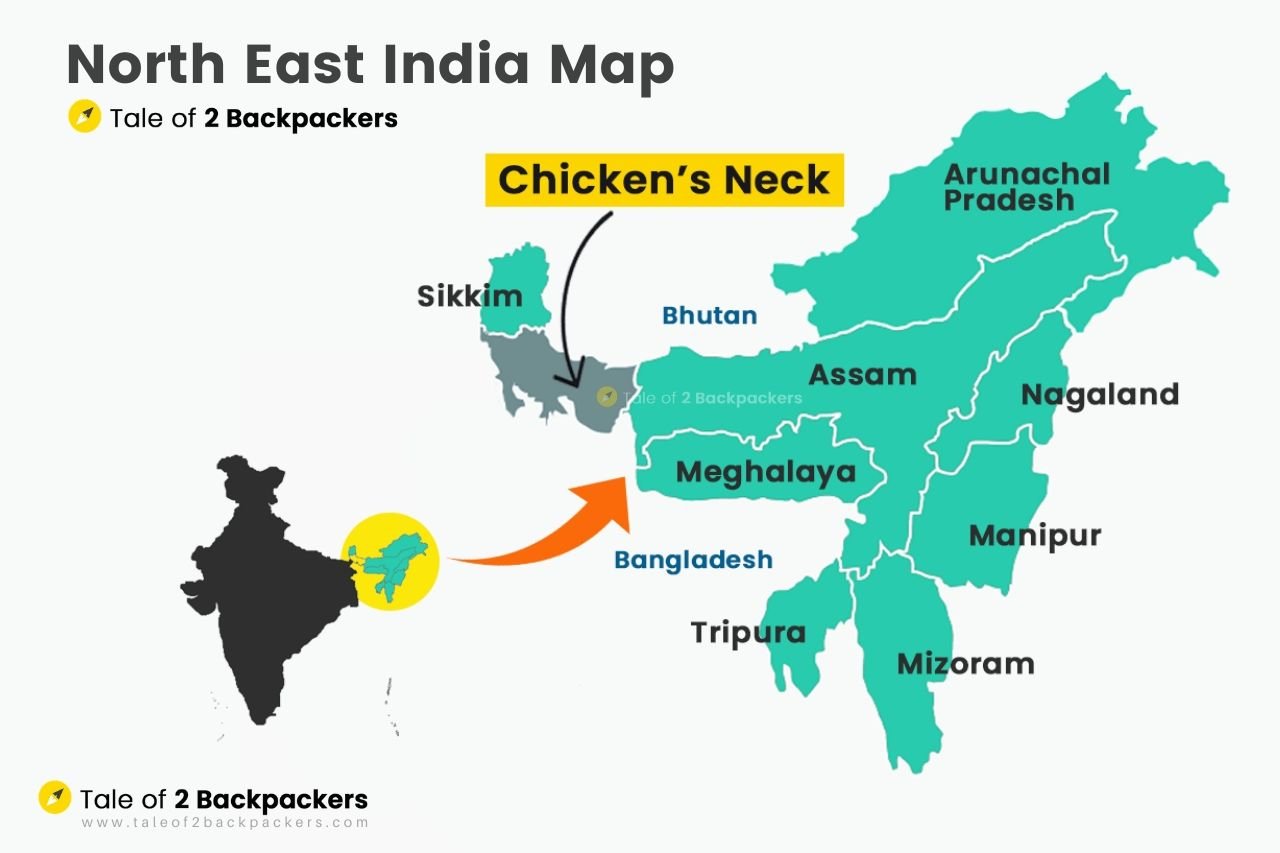
A Very Brief History of Northeast India
I believe that a place and its people cannot be fully understood if we do not know its history. So here is a little bit of history about the land.
Northeast India is considered to be a Neolitic enigma for the archaeologist. The area is yet to be mapped and documented in a proper way by the archaeologists mainly because of the wild forests and rugged terrains that make excavation difficult. It is now known that the Neolithic life in the region dates back to at least 6000 years!
Coming back a little later in time, the Ahom kingdom was established in the Brahmaputra valley in the first half 13th century by the Shans who had migrated from Upper Burma. The Ahoms were the undisputed rulers in the region for almost 600 years and even the Mughals were unable to invade the region.
The Mughals tried to capture the Ahom kingdom time and again and failed miserably each time. They tried for the last time in the Battle of Saraighat in 1671 when the Mughals were beaten by the Ahoms.
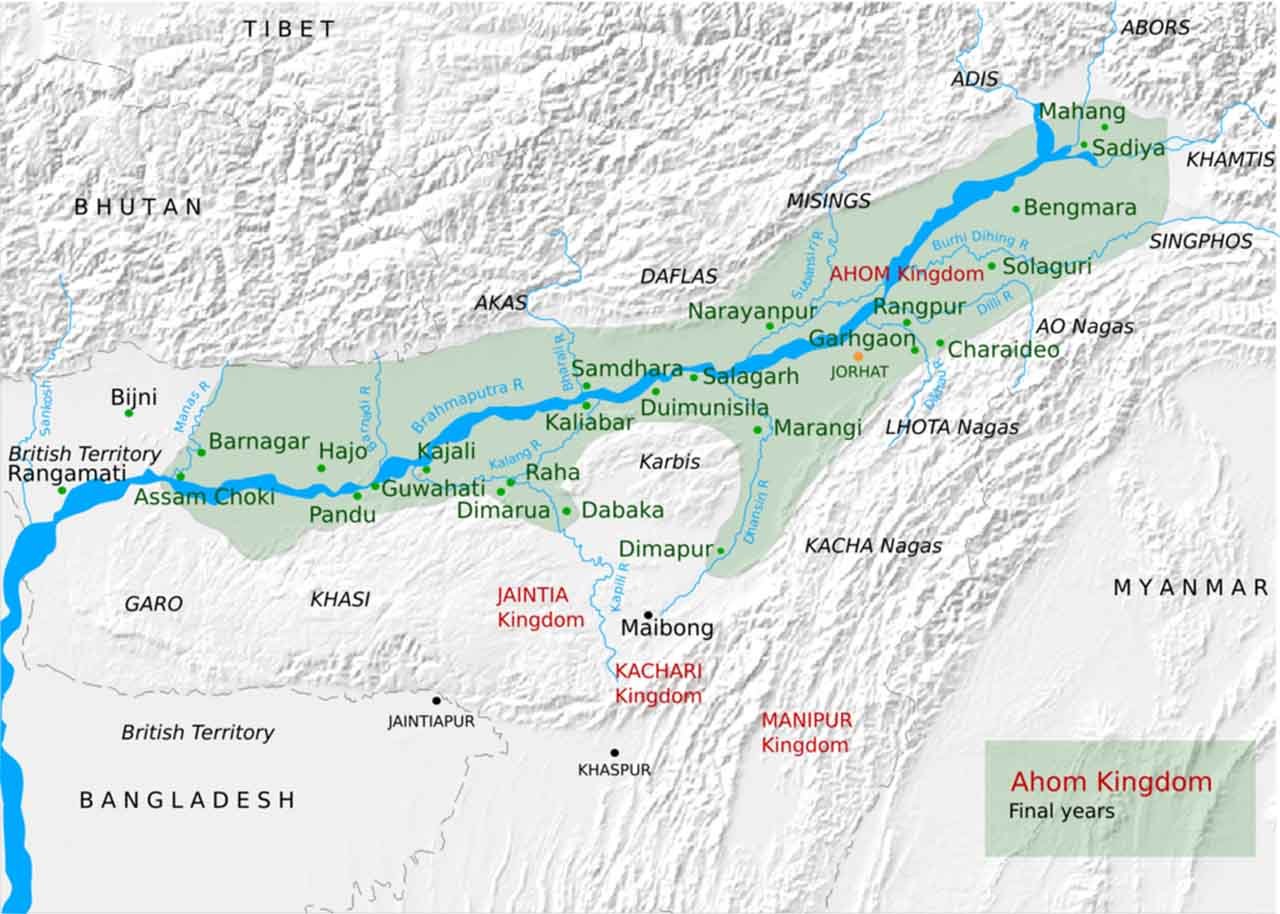
However, with time, the might of the Ahom rulers waned and in 1818, disturbed by the repeated Burmese invasions, the Ahom King requested the assistance of the British East India Company to teach the Burmese a lesson. The British East India Company fought the war and defeated the Burmese resulting in the Treaty of Yandaboo, by which the Burmese agreed to withdraw from Assam and the Ahom Kings ceded a part of their territory to the British East India Company. This is how the British finally entered the Northeast region. Till 1947, the northeast region faced the expansion of the British rule along with social, economic and political changes in the region.
At that time, all seven states did not exist. Assam existed as a large land region and was known as the Assam province. Later the hill kingdoms of the Khasi and Jaintia were annexed and hilly areas like the Lushai Hills (Mizoram) and Naga Hills (Nagaland) were added to the Assam Province.
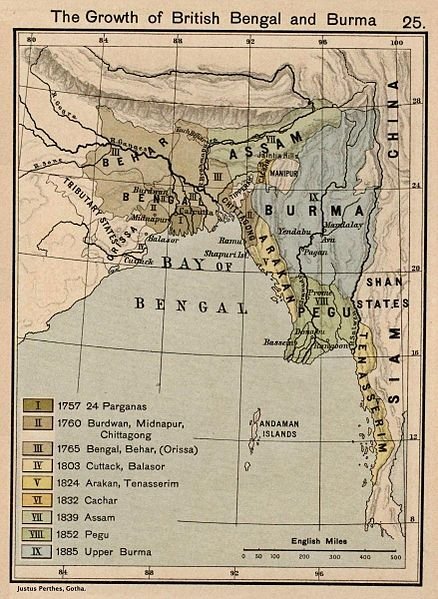
After the Indian independence, the northeast region consisted of the Assam province and the princely states of Manipur and Tripura. The first state to be carved out of Assam was Nagaland in 1963. Later Meghalaya became a separate state in 1971 and Arunachal Pradesh and Mizoram were carved out of Assam in 1987. Sikkim was once a princely kingdom and was annexed to India in 1975. Later in 2002, Sikkim was made a part of the Northeast Regional Council.
The northeast India had always been a part of major and minor trade routes from India to various other countries like Tibet, Myanmar and China.
That was quite a bit of history lesson. Now let us delve into all the necessary and relevant information about Northeast India trip that nobody had told you before.
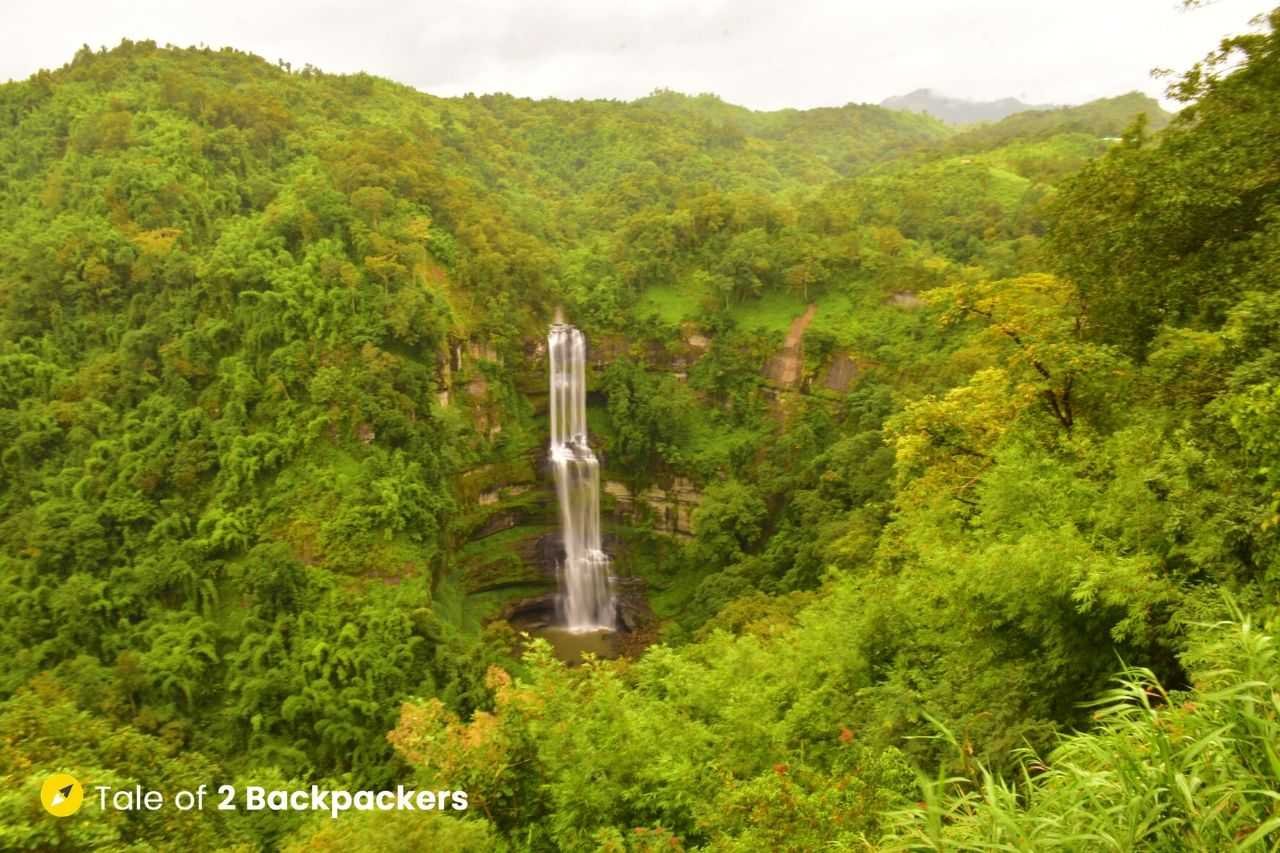
Northeast India Travel Guide
Northeast India is still considered remote and difficult terrain. The roads are a bit difficult and there is a lot of space for improvement of the infrastructure. As for the accommodations, you will get good hotels and resorts in the main cities. Homestays are also available. You can check Cozycozy to look for stays in the main tourist destinations. The remote areas, however, has basic stay options.
What the region lacks in luxurious comfort is totally fulfilled by the stunning and virgin landscapes, friendly locals and the vibrant culture. No two states in the Northeast are the same. You will find a variety in every state, every part of the region. It is like visiting a different place in every single state of the northeast. You might be tempted to call it the hidden utopia of India.
However, if you are planning a Northeast India travel and a visit this untouched paradise of India, there are certain facts and things you must know before your Northeast trip. So if you are thinking of adding Northeast India in your India guided tour, then simply read on!
What is the best time to visit North East India?
The best time to visit the northeast region is from October to mid-May. This is the dry period though you can get occasional showers in this time as well. Due to its varied geography, the temperature of the region varies drastically depending on the altitude. The northern part is influenced by the Himalayas and the temperature usually remains cold. Arunachal Pradesh and Sikkim are mostly influenced by this and have a colder climate.
The summer temperature in the hilly areas remains around 15 to 20 degrees while it can go to subzero during the winters. The higher altitudes of Arunachal Pradesh and Sikkim often witness snowfall in the winters.
The plains of Assam, Meghalaya and Tripura have warmer climates. In summer, the temperature ranges from 30-350 C and about 200 C in the winters. The hilly areas of Nagaland and Mizoram have a cooler temperature.
The monsoon in Northeast India can be quite heavy with torrential rains in most of the areas. The monsoon coincides with the summer season and is from June to September. The latter half of May can also witness rainfall. Monsoon is not a very good time to visit the region as landslides are common during the monsoon. Roads can also be disrupted during the monsoon.

However, Meghalaya is a good place to visit during the monsoon. Meghalaya is one of the wettest places on the earth with Mawsynram receiving the highest rainfall in the world. We had visited Meghalaya in August and had a great time chasing the rains and waterfalls of Meghalaya.
I would not say the same thing about Arunachal Pradesh, Assam and Sikkim. Landslides in monsoon are very common in Sikkim and Arunachal. Sometimes, you can be stuck for a day due to landslide and bad roads in Arunachal. The Brahmaputra plains of Assam gets flooded every year in the monsoon and hence best avoided during this time.
How do I get permits for Northeast India?
To visit some of the Northeast India states, you need to get an Inner Line Permit (ILP) for Indian nationals. Foreign tourists also need ILP and Protected Area Permits (PAP) or Restricted Area Permits (RAP) for visiting the northeast India states. These permits are required because of the strategic and sensitive positions of these states as they share their border with other countries. However, in recent days, the government of India has relaxed some of the rules of ILP and PAP to promote Northeast India tourism.
There are some places which are completely off bound to both Indian and foreign tourists while in some places, foreign tourists are not allowed. Here I will provide the information about each of the states.
Arunachal Pradesh : ILP is required for Indian tourists and PAP for foreign tourists.
Assam : No ILP and PAP is required to visit Assam
Manipur: ILP is not required for Indian tourists visiting Manipur. However, wef January 2020, the ILP system came into effect in Manipur. The process and procedure to obtain ILP for Manipur is still not clear. I will update it as soon as we come to know about this. Foreigners do not require PAP to visit Manipur.
Meghalaya: No ILP and PAP is required to visit Assam
Mizoram: Indian tourists require an ILP to visit Mizoram. Foreign tourists do not require any PAP to enter Mizoram.
Nagaland: Indian tourists require an ILP to visit Mizoram. Foreign tourists do not require any PAP to enter Mizoram.
Sikkim: Indian tourists do not require ILP to visit Sikkim except certain areas like North Sikkim, Tsomgo Lake, Nathula Pass, Menmecho Lake, Singalila area and Dzongri area. Foreign Tourists require a permit to enter Sikkim. This permit can be readily obtained at the Melli and Rangpo border-crossing checkpoint on producing valid Indian Visa. Foreigners are not allowed to visit Gurudongmar Lake in North Sikkim, Baba Mandir and Nathula Pass in East Sikkim. For Tsomgo Lake, Yumthang, Chopta Valley, foreign tourists require PAP. Trekking permits are required for trekking in Singalila, Dzongri and Goechela area.
Tripura: No ILP and PAP is required to visit Assam
For getting an ILP, you generally require a photo identity proof, an address proof and a photograph. The cost of ILP varies from state to state. You can read all the information needed for getting an ILP for Northeast India states here.
How do I get to Northeast India?
Guwahati in Assam is the gateway to Northeast India. Guwahati is well connected by flights and trains from all the major cities in India. From Guwahati, you can visit all the Seven Sisters by either by air or by road. There are overnight bus services to reach the Seven Sister states from Guwahati.
Reaching Sikkim is comparatively easier. Sikkim now has an airport at Pakyong, but the number of flights to Pakyong is quite less. It is better to fly into Bagdogra in West Bengal and then travel to Gangtok in Sikkim. You can also travel by train to New Jalpaiguri Railway Station (NJP) and then travel to Sikkim.
Train service is available in Assam and Tripura and you can reach to various parts of these states by train.
How to get around Northeast India?
Shared jeeps and sumos are available in all the 8 Northeast India states for getting around different towns and villages. Bus services are also available at some of the states, however, you will not find Volvo bus services to reach each state. For a Northeast India trip, you can either go for a booked tour or can backpack across the region on shared vehicles.
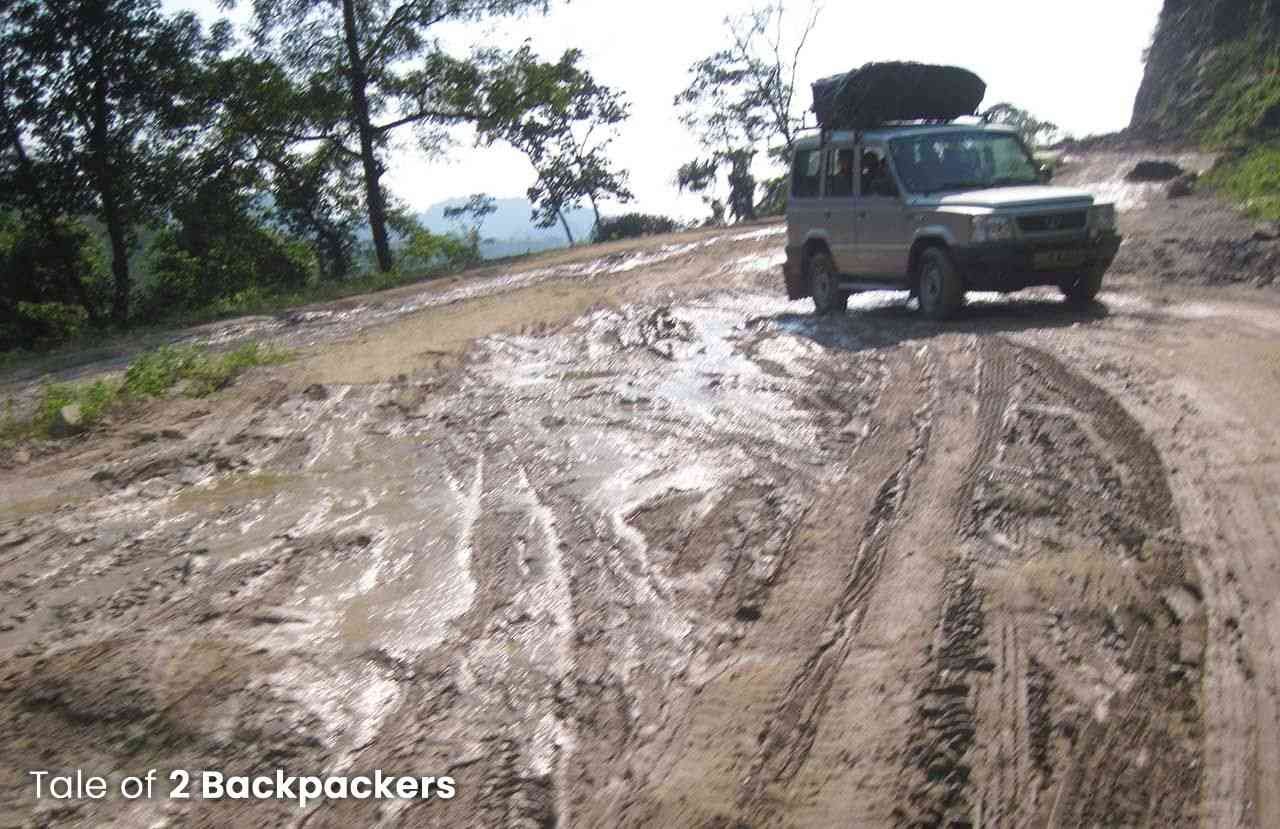
Before planning your Northeast India trip, you have to keep in mind the distances between two destinations and the conditions of the roads. The roads in most parts of Northeast India are not in a very good state, especially in parts of Sikkim, Arunachal Pradesh, Manipur and Mizoram. Even the remote areas of Meghalaya have bumpy roads.
In general, the roads in Assam, Meghalaya and Tripura are in good condition and quite smooth. We had done a bike trip across Meghalaya a few years back and found the roads to be quite good. Assam and Tripura, too have nice roads. The road conditions in Arunachal Pradesh, Manipur, Mizoram, Nagaland and Sikkim leaves much to be desired. Most of the roads are in sorry conditions and you will generally have a bumpy ride. However, these states have a robust sumo system, especially Mizoram and Sikkim that can connect to every part of the state.
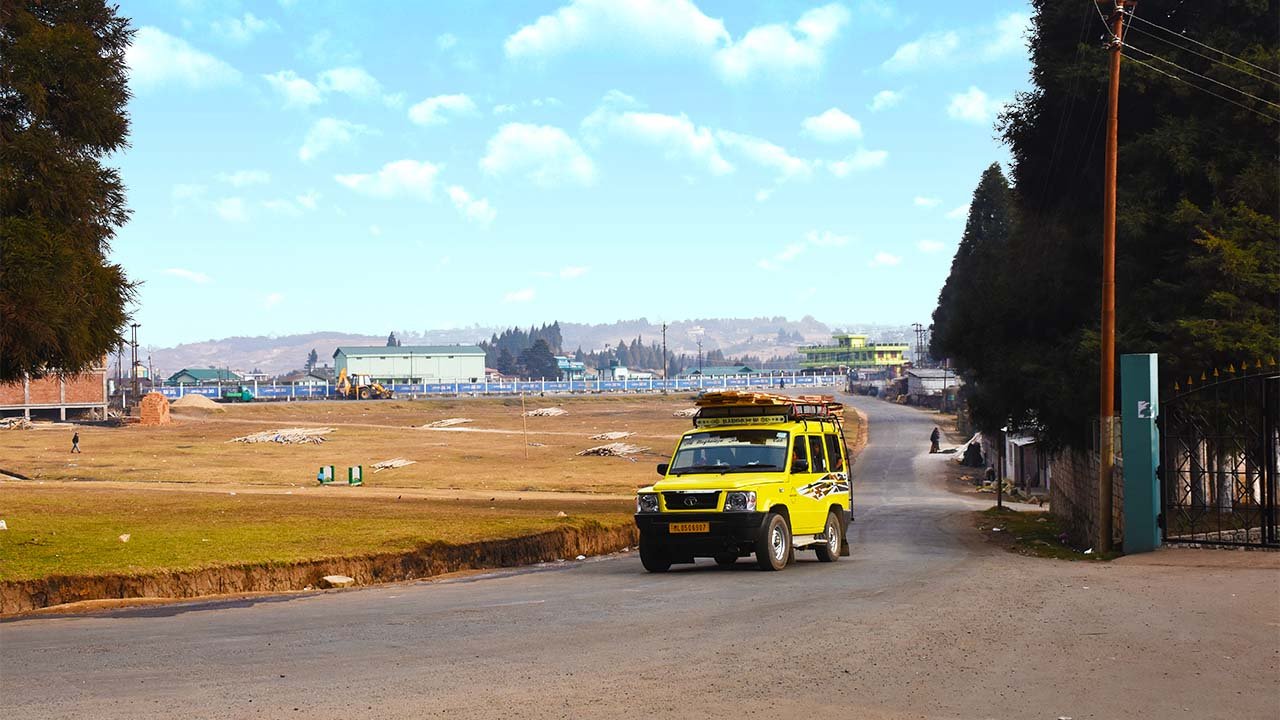
Getting around Tripura is comparatively easier because of the availability of train services. Local buses are also available that can take you across the main towns and places of attractions.
How is the infrastructure in Northeast India?
The infrastructure in Northeastern states has improved a lot in the present years. Roads are being built and electricity has reached most of the villages. However, the remote areas are still lacking in these basic facilities. In general, Meghalaya has proper roads, hotels for tourists, electricity in the villages and other basic amenities. However, when we had visited Mawlyngot, we found a village that could be only reached by climbing down almost a thousand stairs from Mawlyngot. The villagers are used to climbing up and down for their daily needs. There are other such remote villages all over Northeast states.
Mobile network and wifi are good in the cities and the capitals of the states. But once you venture to the remote areas, mobile network invariably fails. We hardly got Vodafone connection in Basar, Mawlyngbna and even in some remote parts of Sikkim like Martam. You will probably get BSNL connection in these remote areas. But it would be foolhardy to expect good wifi in these areas. Poor mobile connectivity is a blessing in disguise for these areas. These are the places where you can enjoy nature and the landscape to the fullest. The joy of missing out on the worldly news is great in these areas.
Where do I stay in Northeast India?
Hotels are available in main cities and the popular tourist destinations of Northeast India. You will get luxury hotels with a high standard of service in big cities like Guwahati, Shillong and Gangtok. These places have witnessed tourism for a long time and so are more developed. Of late, accommodation options have increased with the increase in tourism in Northeast India. Now places like Majuli, Cherrapunjee, Kohima, Tawang, Tura in the Garo Hills have hotels of various categories. Resorts have also come up in a few areas like Cherrapunjee, Tura, Langkawet and many tourist spots in Sikkim.
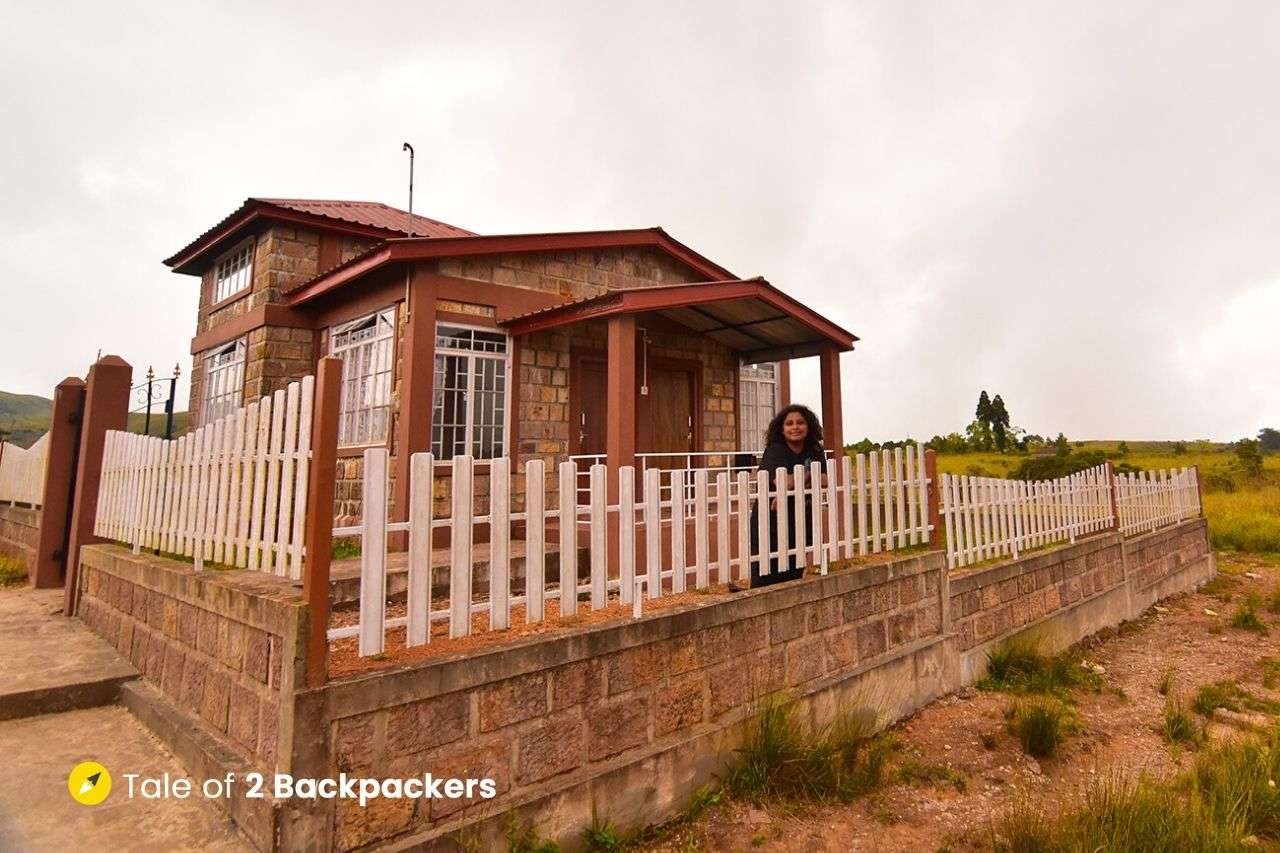
But if you choose to visit the offbeat destinations, then expect basic accommodation. Hotels, if available will not be luxurious ones and often the standard of service is not up to the mark.
We, however, recommend you to stay at homestays when you visit Northeast India. Homestays are the best way to experience the lifestyle of the locals. Infact, the locals are very friendly and welcome you with open arms as well as hearts. We had the most amazing stays in homestays at Martam and Dzongu (Sikkim), Mawlyngot, Cherrapunjee and Tura in Meghalaya and at Basar in Arunachal Pradesh.

In fact, most of the remote and offbeat areas in Northeast India rely on homestays for accommodation and hospitality. These places do not have hotels. The locals have developed community-based tourism and have opened their homes for the tourists. We would always recommend you to stay at homestays. Not only will you get an awesome experience, but you will also do your bit to help the locals to boost their economy.
Mizoram has a great network of Government-run tourist lodges in all the major locations. Those are the best places to stay in Mizoram.

Where to visit in Northeast India?
Northeast India is an unexplored paradise in India. To be honest, the region does not have many architectural masterpieces that you can find in rest of India. Apart from Sivsagar in Assam and Kangra Fort in Manipur, there are hardly any architectural gems. But what Northeast India lacks in architecture, it fulfils in its surreal landscape, colourful festivals and the diverse tribes.
As I had mentioned before, each of the states is different from the other. While you can explore the Buddhist monasteries and way of life in Sikkim and parts of Arunachal Pradesh, the tribal life of Nagaland and Arunachal Pradesh are fascinating. While Tripura boasts of a rich heritage in its archaeological sites like Unakoti, Chabimura and Pilak, Mizoram stuns with its stunning vistas. Meghalaya is in its own world of clouds and rains, while the river plains and rural beauty of Assam are totally bewitching.
It would be very difficult for me to write down about all the places that you can visit in Northeast India. I have taken each state and have written briefly about the places you can visit. For more details about these places, you can read individual blogs.
Arunachal Pradesh
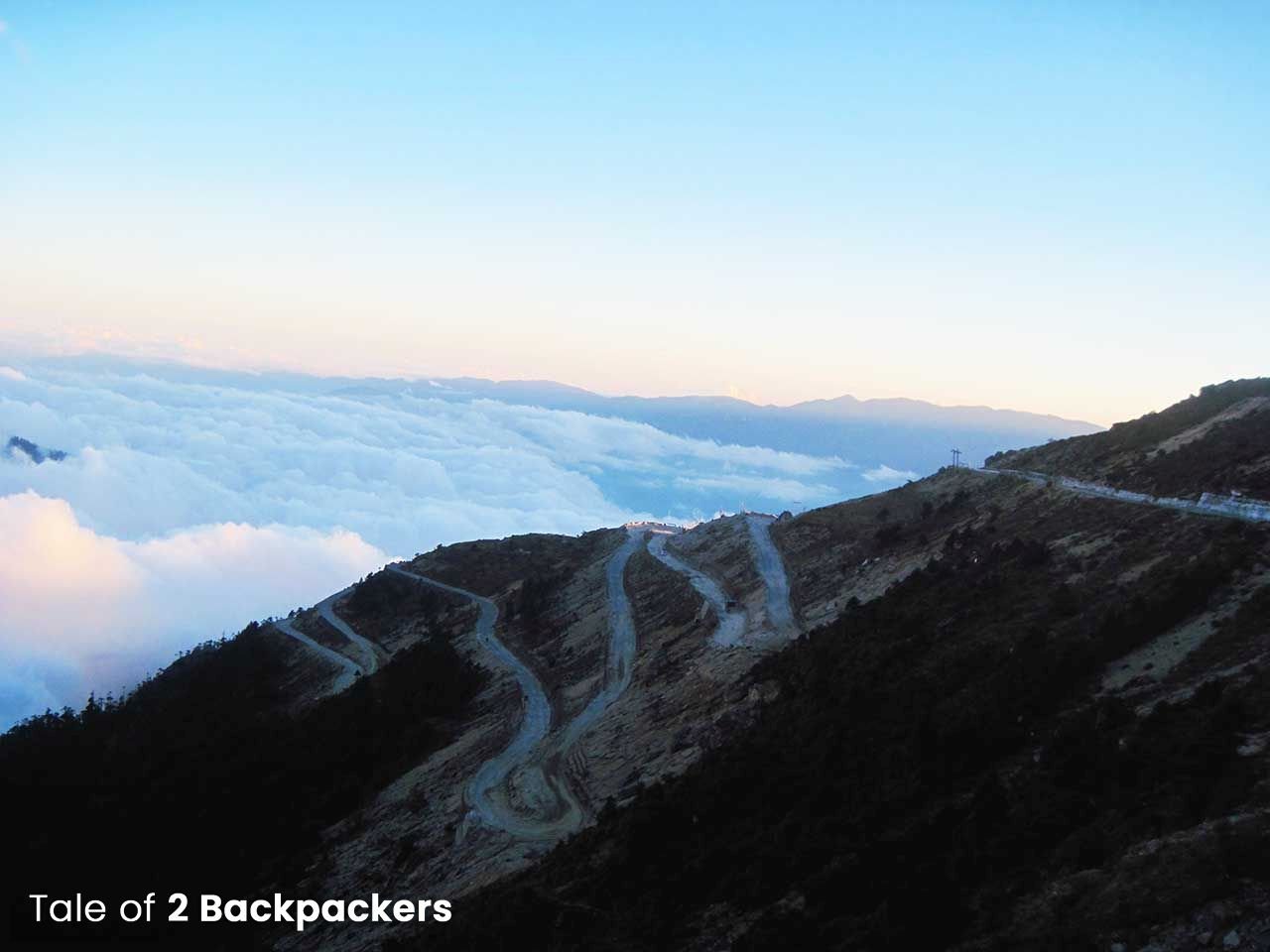
Arunachal Pradesh is the easternmost state in the country and it is said that the first rays of sun fall at Dong in Arunachal. The place is captivating with its mountain ranges, captivating valleys, vast forest cover, exotic wildlife, unexplored trails, Buddhist monasteries and an incredible cultural variety. There are 26 tribes and more than 100 sub-tribes in Arunachal Pradesh. The eastern and central part of Arunachal is mainly influenced by animist traditions. They are the worshippers of Sun and Moon God – Donyi Polo and Abo-Tani. The major tribes in this region are the Apatanis, Adi, Akas, Galos, Mishmis, Nyishis and Thangsos. The western part of the state has Monpa population and they mainly follow Mahayana Buddhism.
Places not to be missed in Arunachal Pradesh
Tawang circuit: The main destination is Tawang and you will also visit Bhalukpong, Bomdila, Dirang on the way.
Ziro and Mechuka circuit: This is where you will see the tribes of Arunachal Pradesh – Apatani, Adi, Galo, Nyishi and Mishmis. Along with Ziro and Mechuka, also visit Dapoiji, Along and Pasighat.
Trek to the Namdhapa National Park.
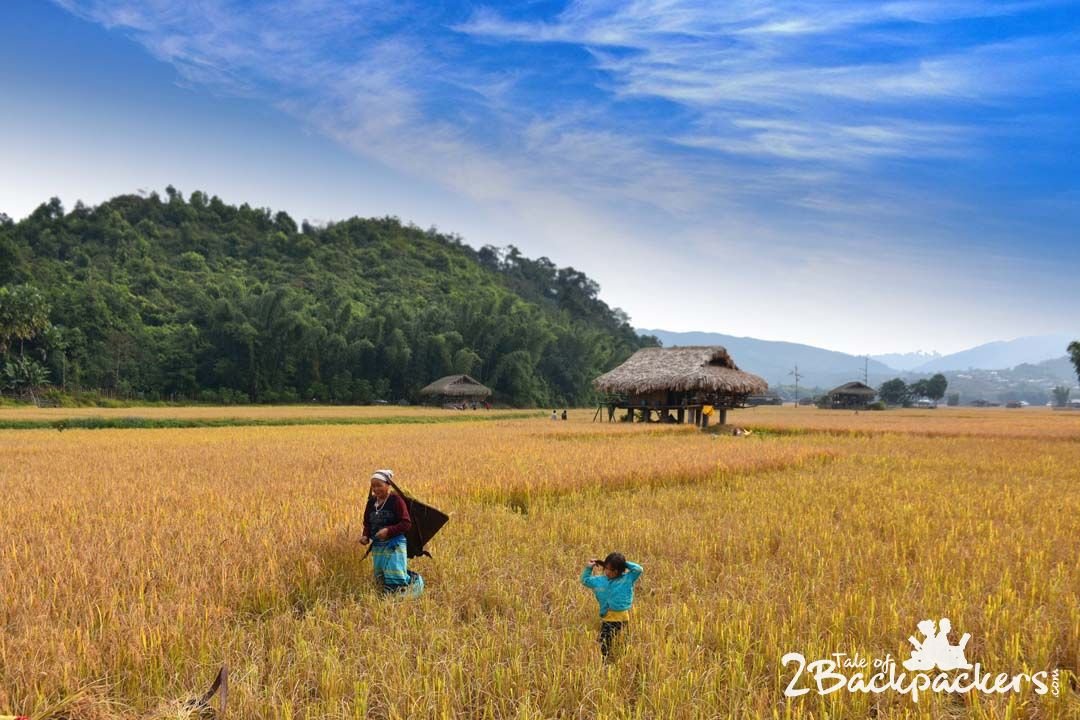
How to reach Arunachal Pradesh?
There are no direct flights to Arunachal. The nearest airport to Itanagar, the capital city is Lilabari in Assam. From Itanagar, eastern and central Arunachal is easily accessible. Similarly, if you want to visit Tawang then the nearest airport will be Tezpur in Assam.
Trains are also available from Guwahati to Silapathar, Naharlagun and Dibrugarh, which are the nearest entry points to Arunachal Pradesh.
Assam
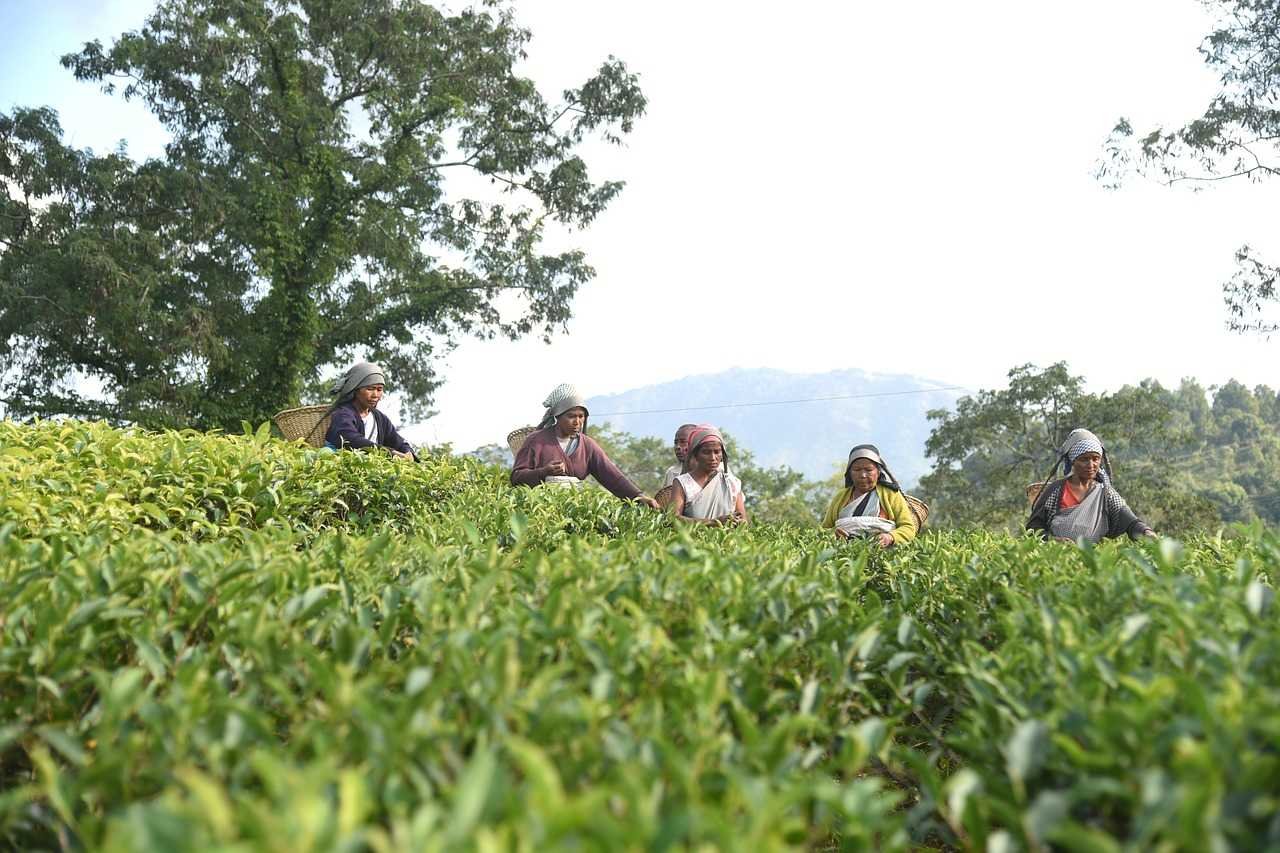
In Assam, the Brahmaputra river not only dominates the landscape but also the lives of its people. Both the environment and culture of Assam is shaped by the Brahmaputra River. Assam is famous for its tea gardens, wildlife, its countryside and the Assamese Silk.
Places not to be missed in Assam
Guwahati: The largest city in Assam is also the largest city in Northeast India. The city being the gateway to the other six states is also famous for its temples and attractions.
Wildlife of Assam: Your visit to Assam cannot be completed without a visit to Kaziranga National Park that is famous for one-horned rhinoceros. Wildlife enthusiasts should not miss visiting Pobitora Wildlife Sanctuary, Manas National Park, Hoollongapar gibbon Sanctuary, Nameri National Park and Dibru Saikhowa National Park.

Majuli: This is the largest river island in the world also famous for its Satras, the monastic traditions started by Sri Shankaradeva. Know more about Majuli here.
Sivsagar: The place where the Ahom kings ruled is known for the Shivadol, the temple dedicated to Lord Shiva.
Haflong: The only hill station in Assam is also known for the curious case of Jatinga birds.
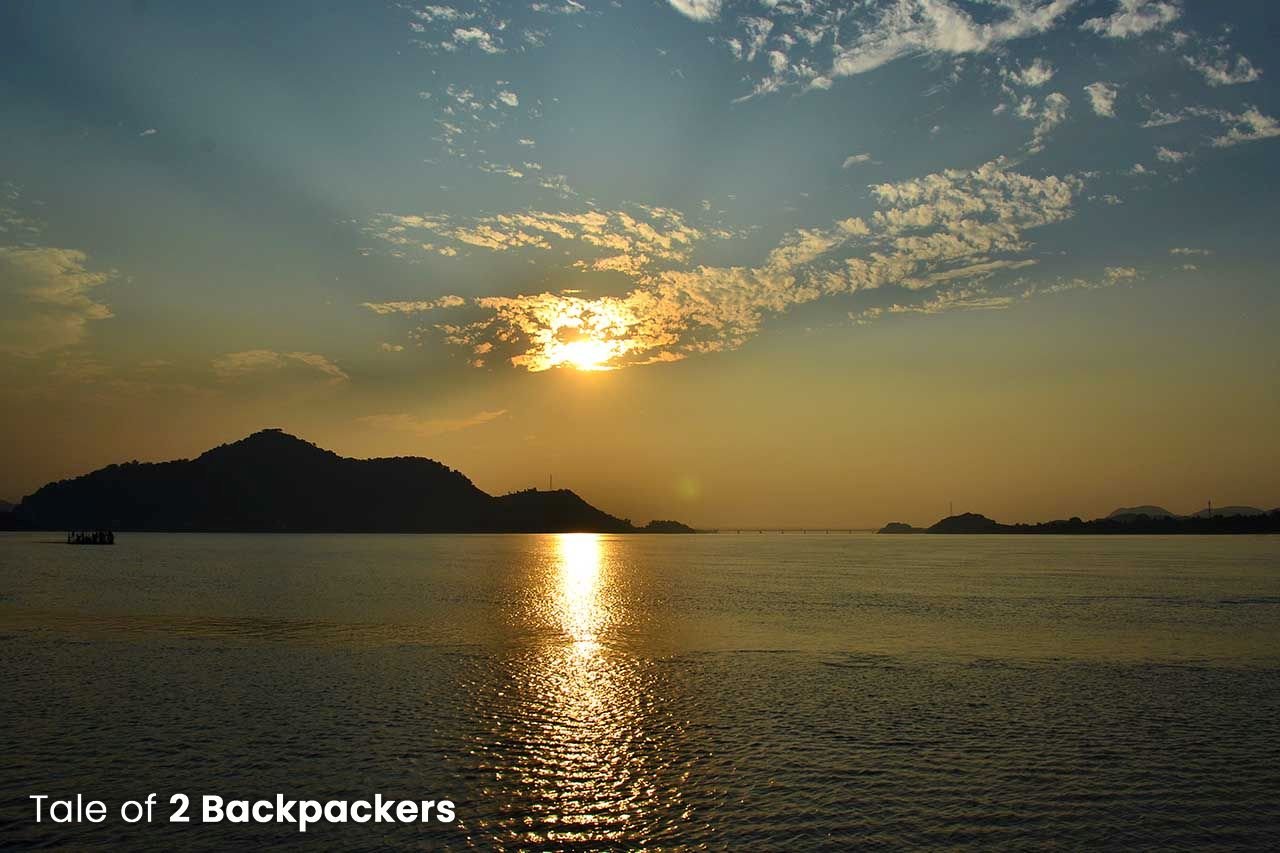
How to reach Assam?
Guwahati in Assam is well connected by flights and trains from the major cities of India. Assam also has domestic airports in Jorhat (nearest to Majuli), Dibrugarh (for visiting Sivasagar, Digboi), Silchar, Tezpur and Lakhimpur.
Manipur
Manipur literally means the land of jewels. The state is absolutely beautiful with stunning landscapes, gentle rolling hills, emerald green valleys and the dark misty mountain ranges. The Loktak Lake is the only floating national park in the world and the place is known for the elusive Sangai Deer, found only in this region. The modern-day polo also has its roots in ‘Sagol Kangjei’, a traditional sport in Manipur. The state is also famous for the captivating and charming Manipuri dance.
Places not to be missed in Manipur
Imphal: The capital city is charming in its own way.
Loktak Lake & Moirang: The largest floating national park in the world and also the habitat of the Sangai deer.
Ukhrul: Known for its natural beauty, caving and trekking.
How to reach Manipur?
Reaching Manipur is easy. Direct flights to Imphal are available from the major cities of India like New Delhi, Kolkata, Guwahati and Hyderabad. You can also reach Guwahati and then take a bus to Imphal.
Meghalaya
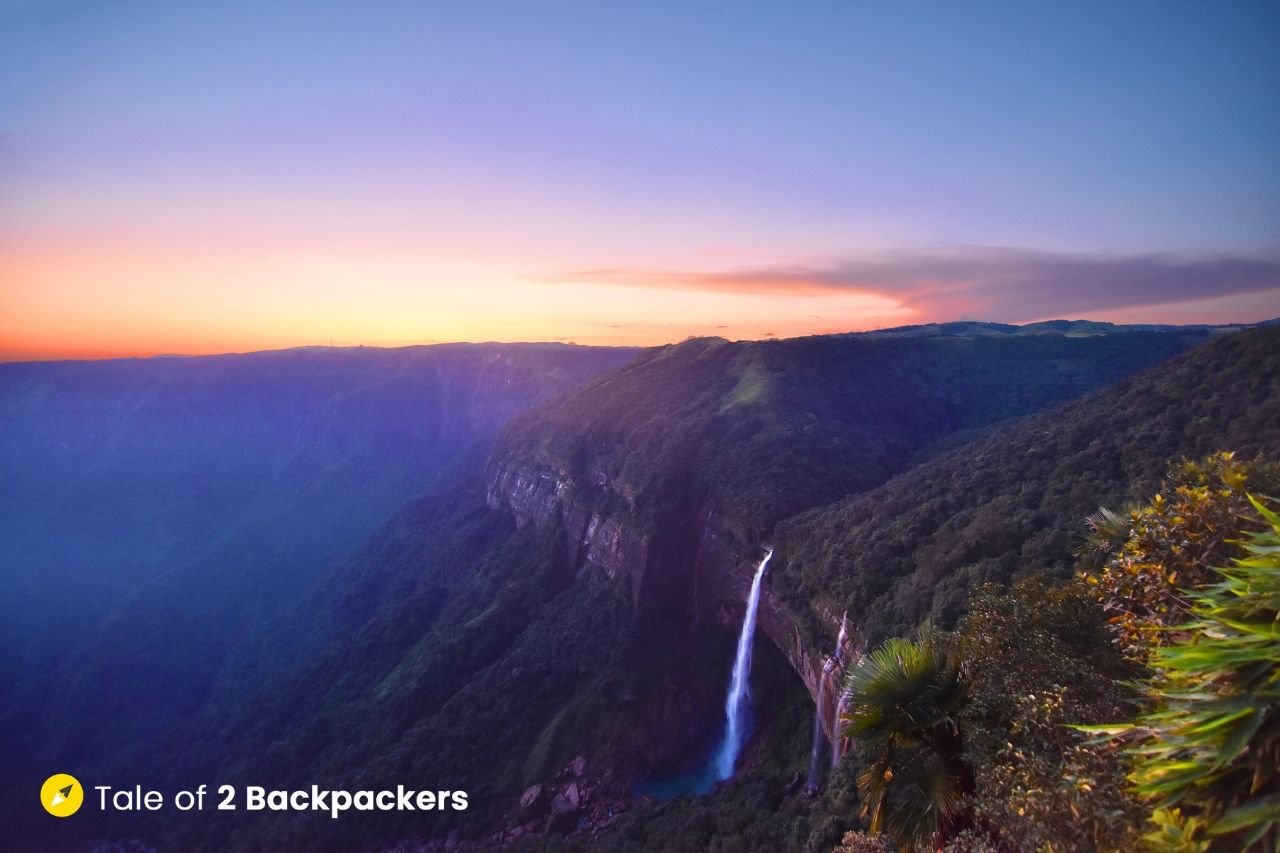
Hidden between the hills of the lower Himalayas, Meghalaya is the place between the heaven and earth, where the clouds dwell. Meghalaya is perhaps closest to Guwahati. It takes only 3-4 hours to reach Shillong from Guwahati. The roads are also smooth. Perhaps this is the reason why Meghalaya is relatively famous on the tourist map than the other remote states. Meghalaya is known for its rainfall and rock music. But the place is
much more than that. Waterfalls, nature, sacred groves, crystal clear rivers, living root bridges, natural caves and picturesque villages abound in the state and they will simply mesmerize you.
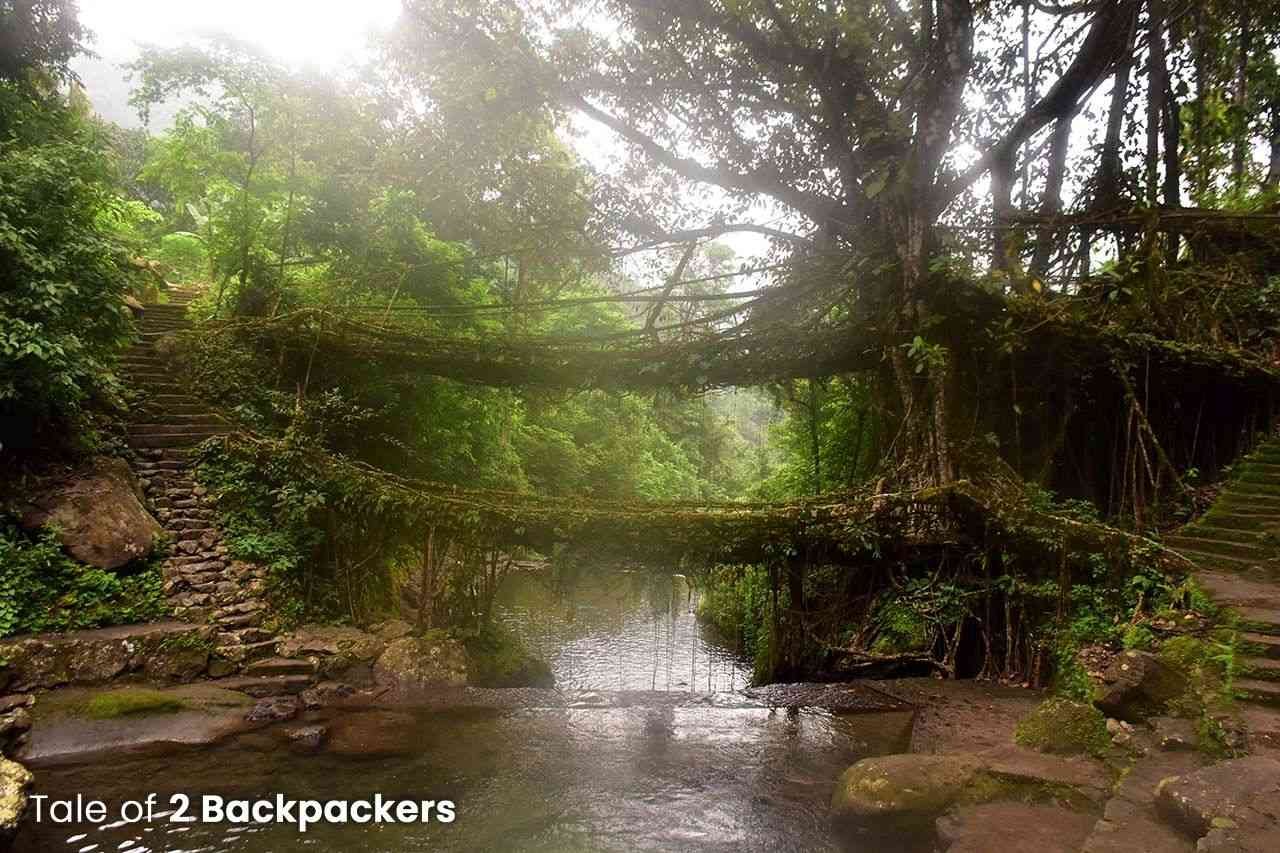
Meghalaya is the home to three tribes – Khasis, Garos and Jaintias. Each of the tribes has their own distinct culture and traditions. The Khasis occupy the Khasi hills of central Meghalaya; Garos occupy the western Garo Hills while the Jaintias occupy the Jaintia hills of eastern Meghalaya. The common trait binding all three communities is its matrilineal system in which the family linage is taken from the mother side.
Places not to be missed in Meghalaya
Shillong: The capital city is known for its quaint cafes, NH7 Weekender Music Festival, lakes and Jadoh, a traditional Khasi dish.
Cherrapunjee: The place of eternal beauty known for its waterfalls and natural caves. Cherrapunjee cannot be described in a line. You need to head over to this post on Cherrapunjee to know more.
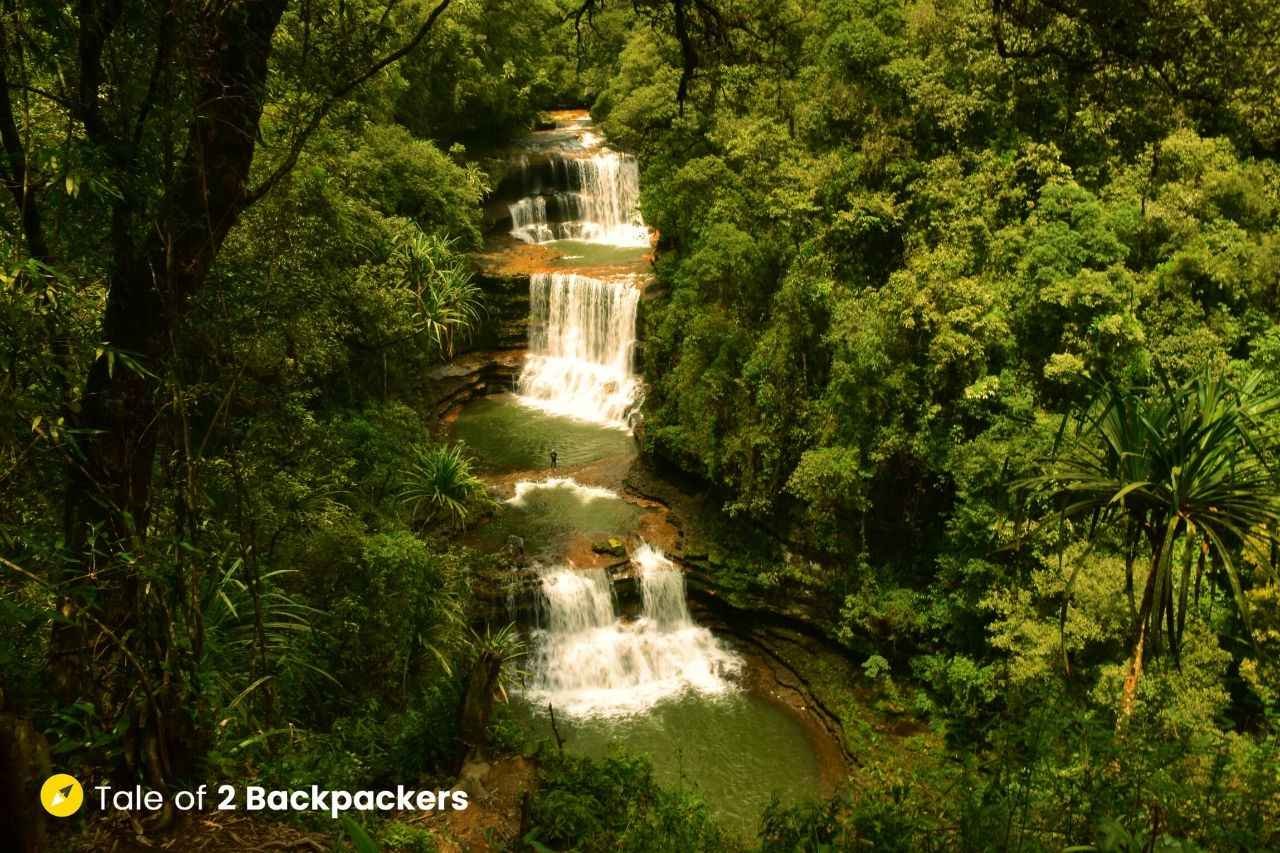
Mawlynnong: This quaint village is the cleanest village in Asia.
Dawki: Located near the India-Bangladesh border, Dawki is known for the crystal clear waters of Umngot River.
Tura: Tura is the headquarters of Garo Hilla and you need to visit this place to explore the Garo Hills. You can visit Nokrek Reserve, Siju caves and the beautiful waterfalls.
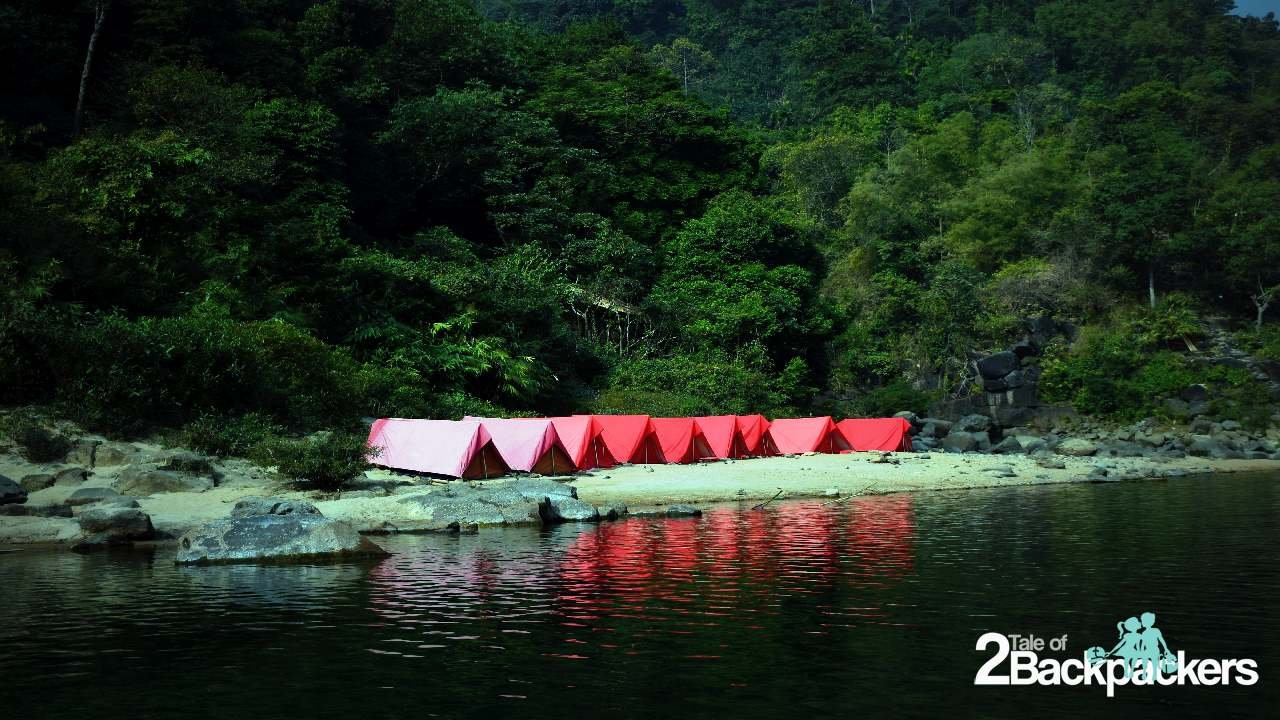
How to reach Meghalaya?
Meghalaya is easy to reach. You can fly into Shillong. You can also reach Guwahati and take shared sumo to Shillong. It takes only about 4 hours to reach Shillong.
Mizoram
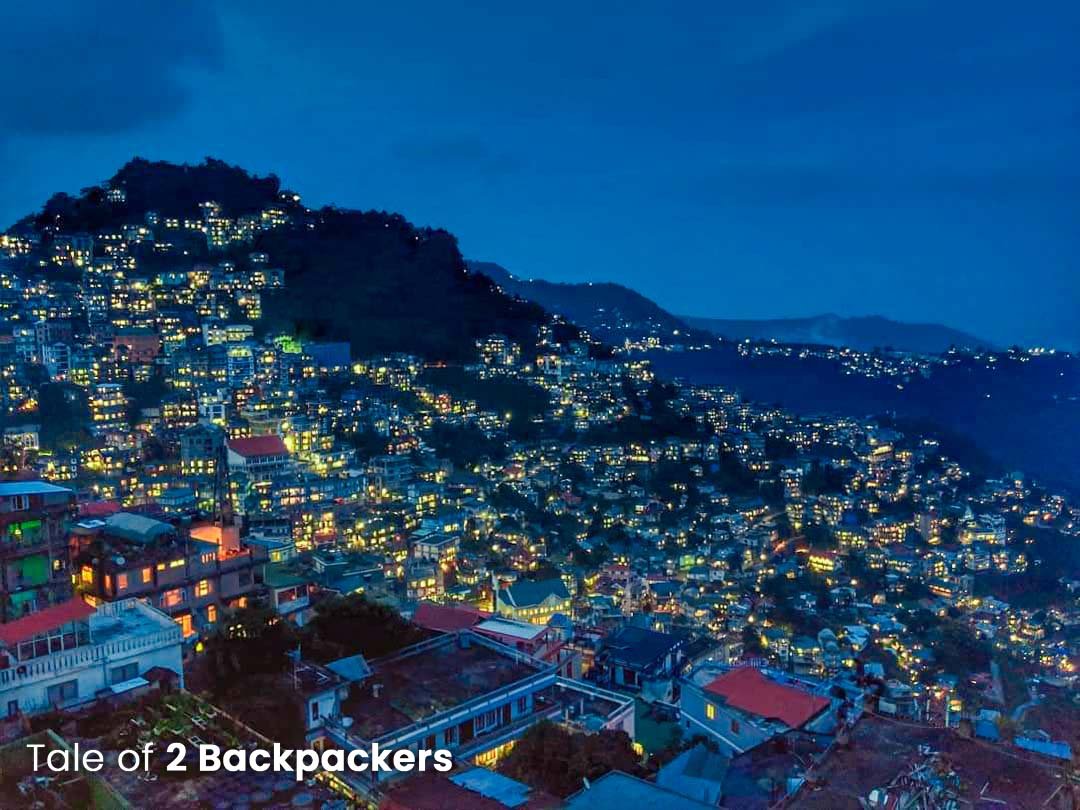
Mizoram is also known as the land of blue mountains after Phawngpui Peak, the highest peak in the state. Mizoram is perhaps the remotest state of India and hardly sees any tourists. Mizoram is covered with lush green forests, mountain peaks covered with a blue haze and a colourful culture. Mizoram is also famous for caving activities.
Places not to be missed in Mizoram
Aizawl: The capital city is a quaint town sitting by the Durtlang Hills known for its churches and memorials.
Champhai: The border town is also known as the Rice Bowl of Mizoram. You can visit the Rih Dil Lake from Zokawthar, about 20 km from Champhai. The Rih Dil is the most important lake for the Mizos, however, it lies in Myanmar. Champhai is also famous for its vineyards and wines.

Thenzawl: This is the handloom centre of Mizoram and Thenzawl is also known for its waterfalls and lush landscape.
Reiek: Trek to the Reiek Peak and enjoy the great views of the valleys.
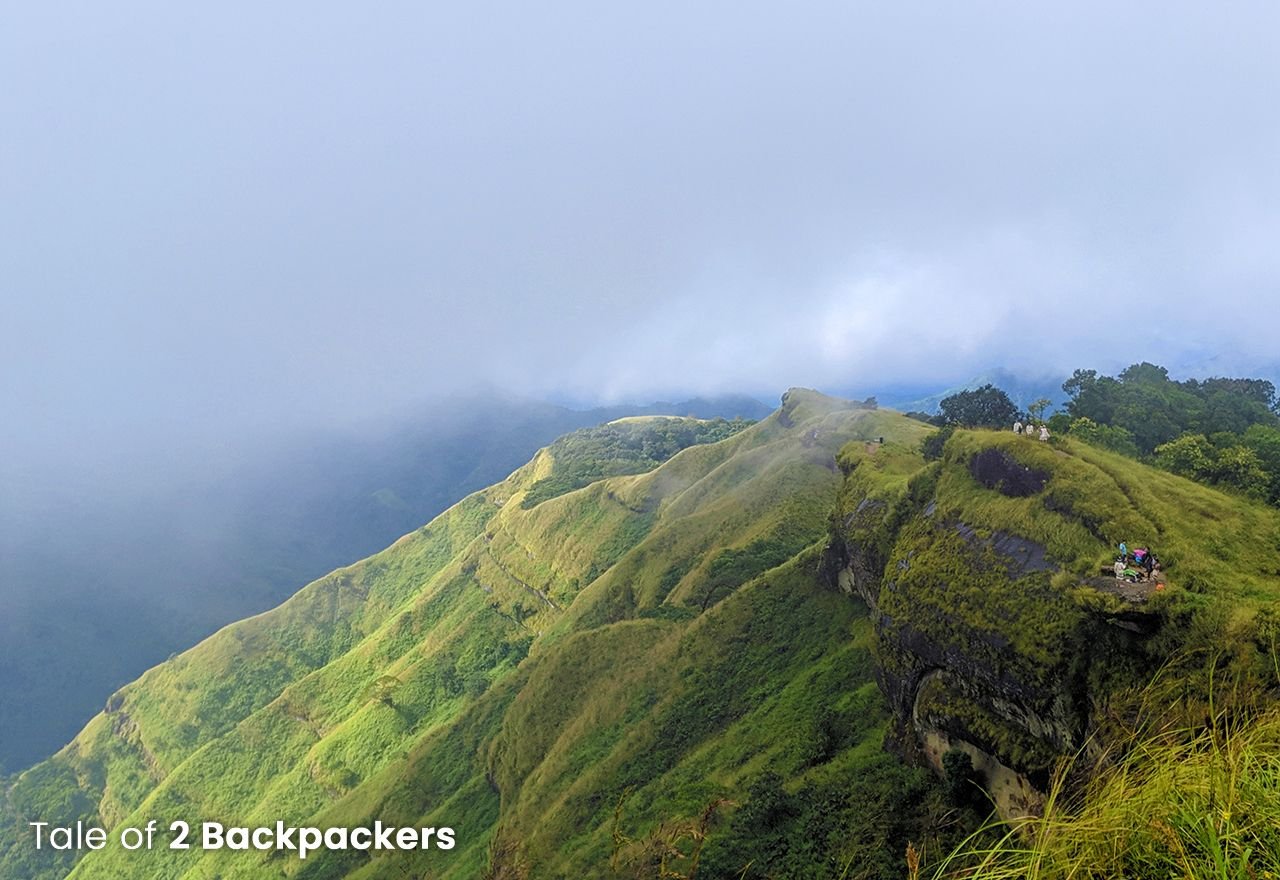
How to reach Mizoram?
You can fly into Aizawl, which is connected to most of the major cities of India. From Guwahati, you can take an overnight bus to reach Aizawl, but the journey is going to be a long one. You can also take shared sumo from Silchar in Assam.
Nagaland
The land of the Nagas is undoubtedly the wild east of India. Known for fierce warriors and hunters who have been eulogized by the folk songs, Nagaland is the home to 16 tribes. Each tribe can be distinguished by their own colourful costumes and jewellery and beads they adorn. Nagaland is brought on the tourist map of India by the annual Hornbill Festival held in December.
Places not to be missed in Nagaland
Kohima and around: The capital city Kohima is beautiful in its own way.
Khonoma: Khonoma is known for its greenery, beautiful landscape and unspoilt nature.
Mokokchung: One of the liveliest districts of Nagaland, Mokokchung is the home to the Ao Naga tribes.
Mon: Mon belongs to the Konyak Nagas, the fascinating and brave head hunters of yesteryears.
Dzukou Valley: A short and beautiful trek through the lush Dzukou Valley.
How to reach Nagaland?
Dimapur in Nagaland has both an airport and a railway station. Dimapur is connected by flight from the major cities of India like New Delhi, Kolkata and Guwahati. Trains to Dimapur run from Guwahati. Kohima, the capital city is about 70 km from Dimapur. You can also take an overnight bus from Guwahati to Dimapur/Kohima. But be prepared for a long and bumpy ride.
Sikkim
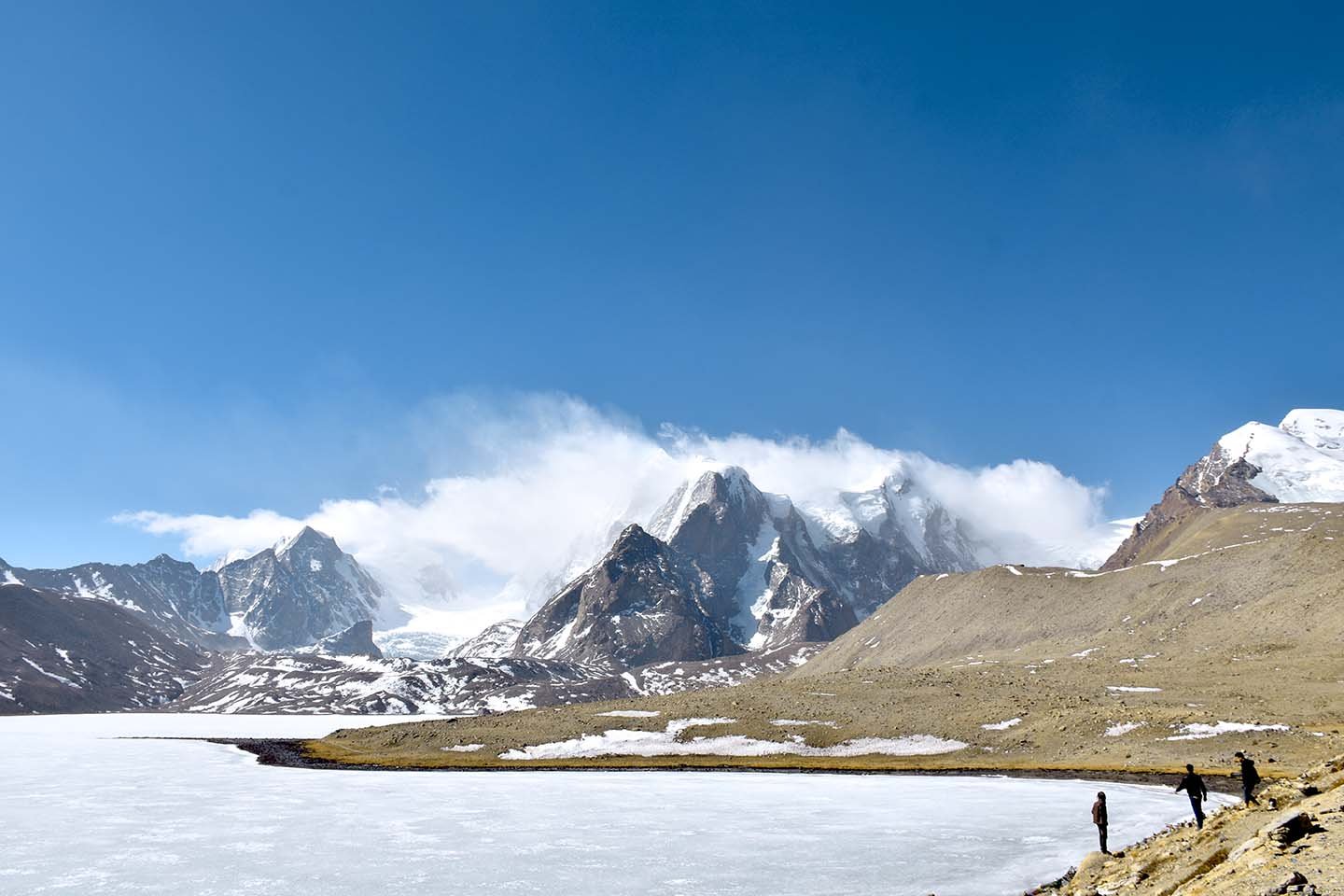
Sikkim has been added to Northeast India states only in 2002. Sikkim lies on the other side of the Siliguri Corridor or the Chicken’s Neck. Sikkim is definitely a more popular tourist destination, perhaps because it is relatively easier to reach. Sikkim has a charm of its own. One of the smallest states in India, Sikkim is nestled in the eastern Himalayas with the Kanchenjunga ranges looming over its landscape. The Sikkimese considers the Kanchenjunga as their guardian deity.
Sikkim is an adventure enthusiast’s delight. The state has some of the best and unexplored trekking trails. The Goechela trek is one of the best high altitude Himalayan treks where you can see as many as 14 summits.
Sikkim is divided into 4 district – east, west, north and south. Tourism in Sikkim can also be divided accordingly.
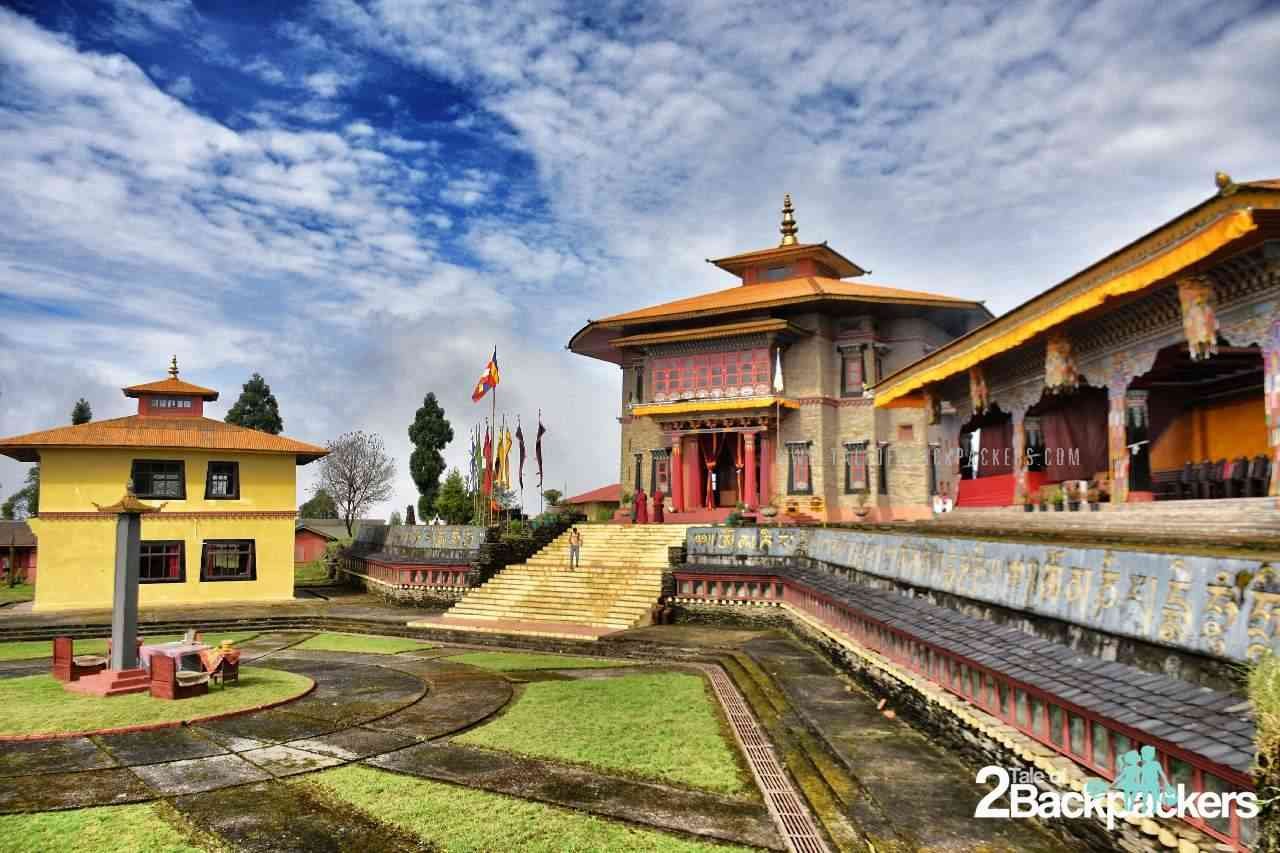
Places not to be missed in Sikkim
East Sikkim: Gangtok, Aritar, Tsomgo Lake, Nathula Pass and the Silk Route.
West Sikkim: Pelling, Pemyangtse, Tashiding and Yuksom.
North Sikkim: Lachen, Lachung, Gurudongmar Lake, Yumthang Valley and Dzongu.
South Sikkim: Ravangla, Namchi and Temi Tea Garden.

How to reach Sikkim?
The nearest international airport to Gangtok is at Bagdogra near Siliguri in West Bengal. The nearest Railway station is at New Jalpaiguri near Siliguri. You can take shared vehicles and well as rented ones from Bagdogra, NJP or Siliguri to Gangtok.
Recently, Pakyong Airport has been opened at Gangtok. But flights to this airport are not regular yet.
Tripura
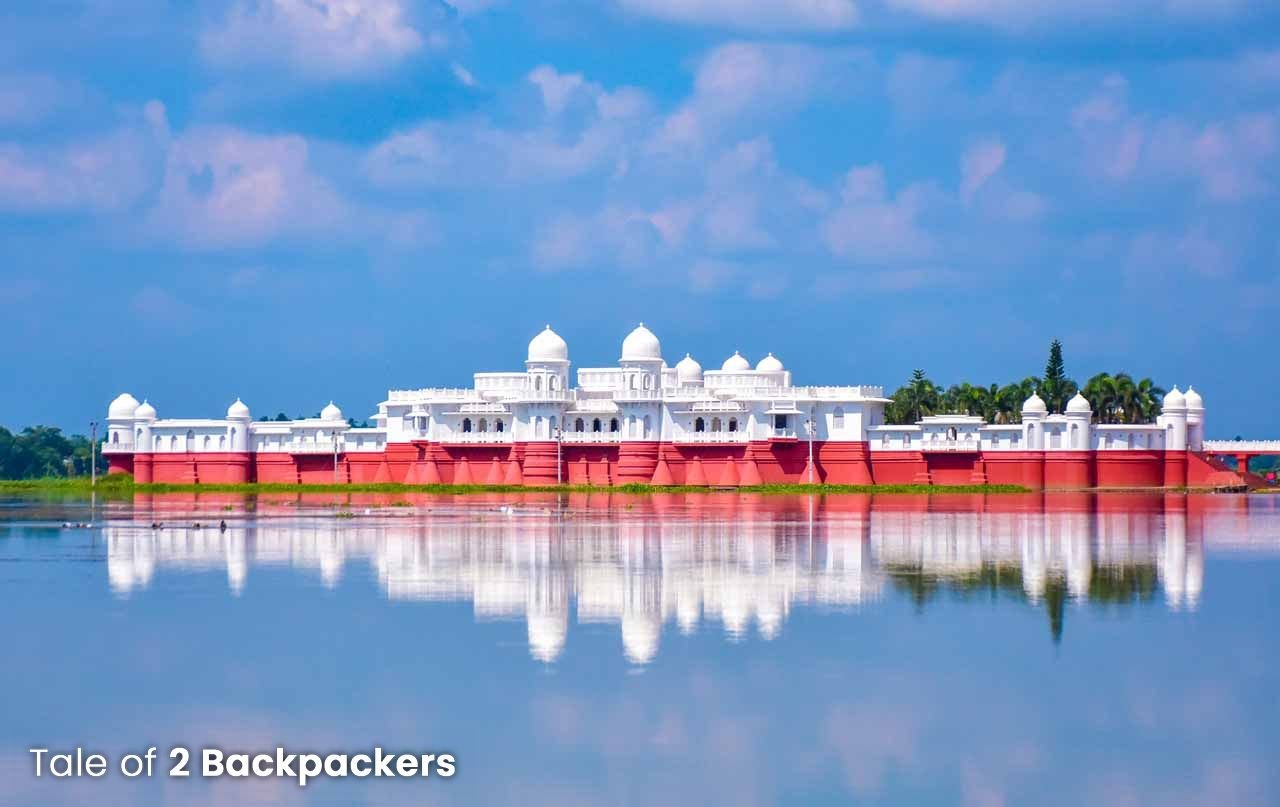
Tripura tucked away in a corner of the seven sister states was once a princely state. And the magnificence of the kings can be still seen in the building, roads and even in the people of Tripura. The princely state of Tripura never came directly under the British rule and acceded to the Indian Union in 1949. The state has a unique combination of nature, history and wilderness.
Places not to be missed in Tripura
Agartala: The capital city has a charm of its own. The grand Ujjayanta Palace standing right in the middle of the city is a testimony to the royal past of Tripura.
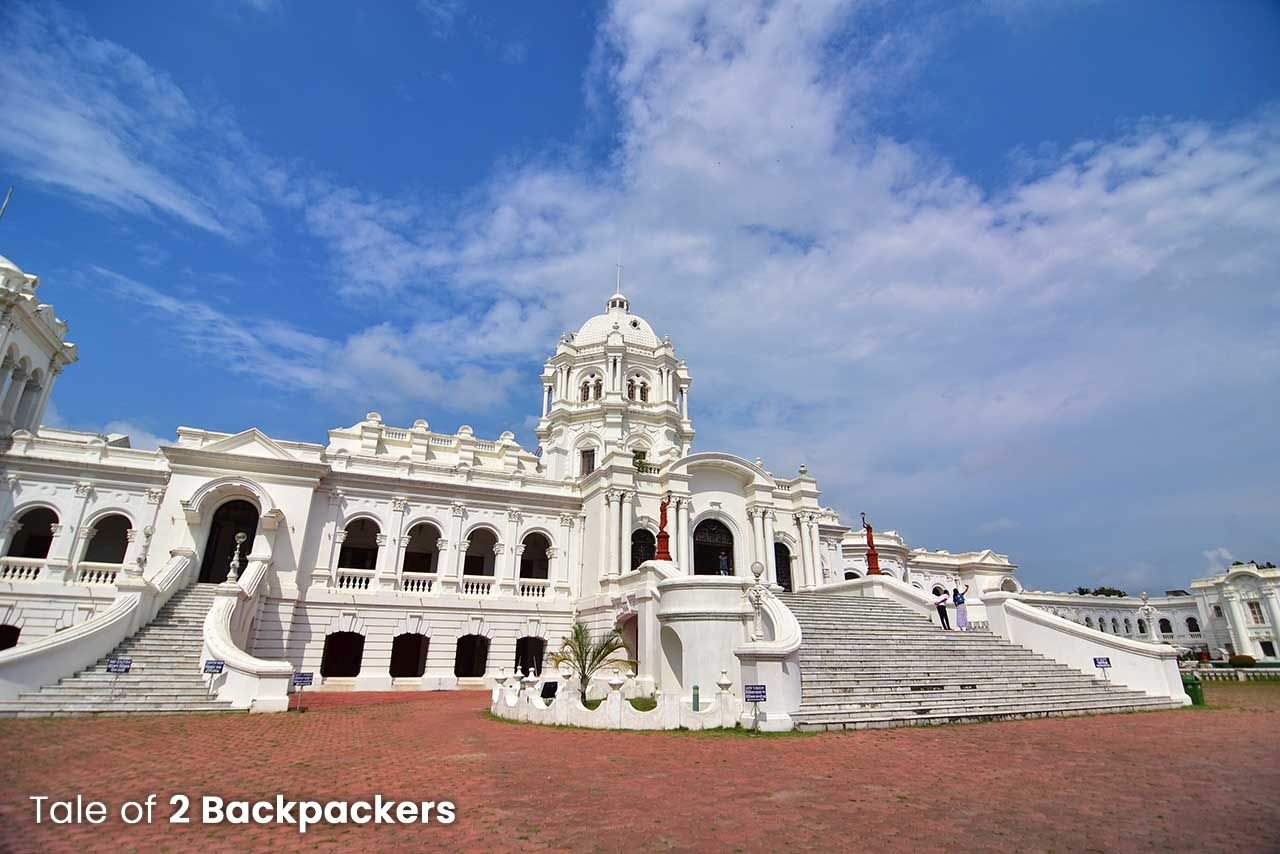
Udaipur: Not to be mistaken with Udaipur of Rajasthan, this place is also known for its lakes and temples.
Melaghar: Known for Neermahal, the exquisitely beautiful summer palace of the Tripura kings.
Unakoti: The place is known for its bas-relief structures on the face of the mountain ranges. Unakoti is shrouded in forests and vegetation has interesting mythology behind it.

Chabimura: One of the hidden gems of Tripura, Chabimura is known for the image of Devi Chakrama on the rock face of the mountain beside a river.

Pilak: One of the important archaeological sites of Tripura.
Jampui Hills: Enjoy the nature and serenity at this hill station of Tripura.
Dumboor Lake: The largest lake in Tripura, the place is an absolute beauty for the eyes.

How to reach Tripura?
Agartala is well connected by flights from the major Indian towns. Agartala also has a railway station that is connected with trains from Guwahati, Silchar and Sealdah.
Northeast India travel is like reading a good book. They don’t reveal their secrets at once.
The People of Northeast India
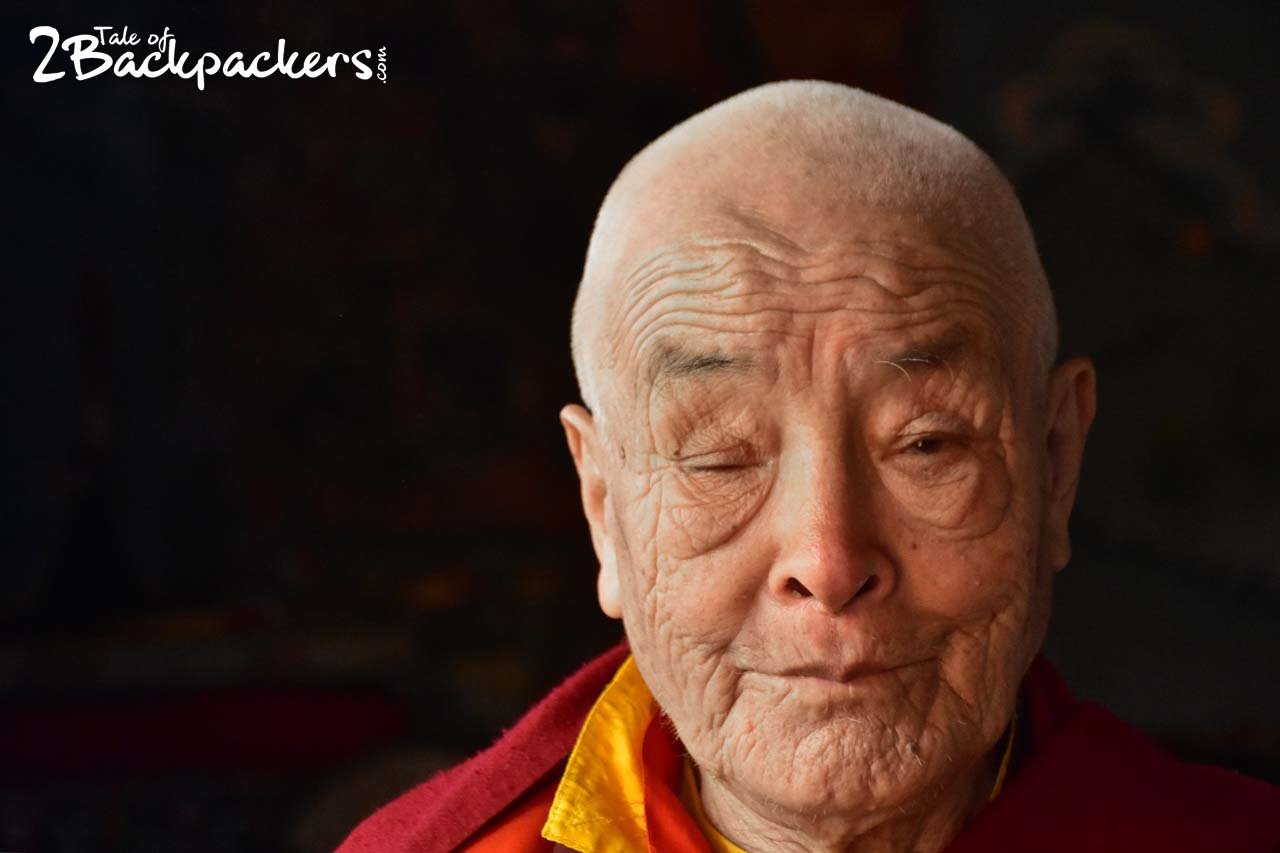
I have always believed that a place can be best understood through its people. But before visiting northeast India, we would recommend you to learn something about the tribes and locals of the place. The tribal communities usually have a different lifestyle, food habits, rituals and traditions. Respect their traditions and lifestyle. You will be able to enjoy your trip in a much better way if you do so.
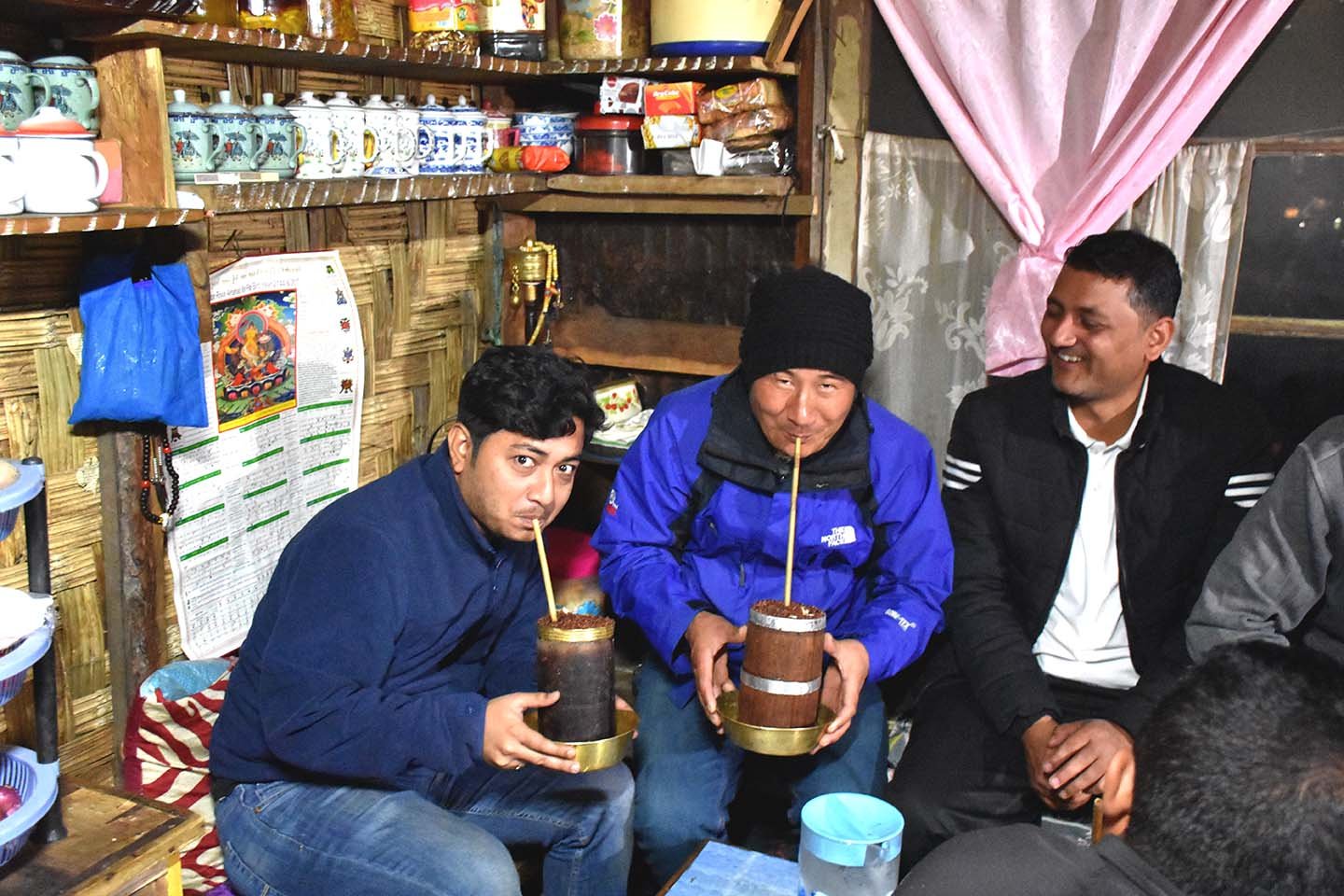
For example, while travelling in Sikkim, the popular tourist destinations like Gangtok and Pelling have amenities catering to the facilities of the tourists. But when we visited Dzongu, the Lepcha Reserve in North Sikkim, we found that the locals there are early risers and have their lunch by 10.30 and dinner by 7.30 pm. Our host wanted to change the rules for us, but we decided to have food with them. This made our hosts extremely happy and we spent some of the best times in Dzongu.
The people of Northeast India are very warm and friendly. They can go out of the way to help you and make you comfortable. Our guide in David Scott Trail was a shy young boy. Once he was comfortable, he was full of stories and anecdotes about Meghalaya and the Khasi Hills.
Wildlife of Northeast India
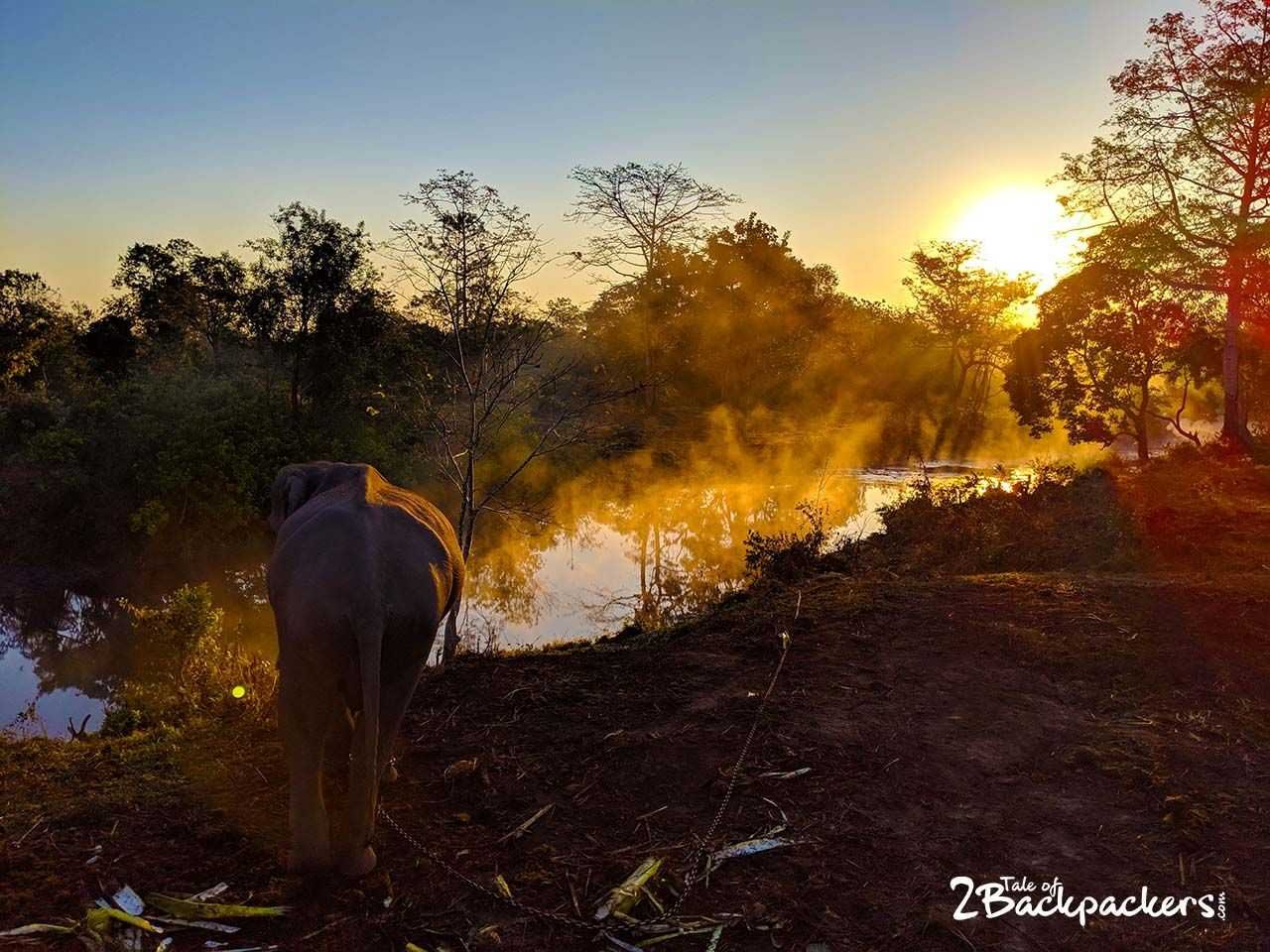
Northeast India has one of the highest forest covers in India. Quite naturally, the region rich with natural splendour is also the home to abundant flora and fauna. The wilderness of the region also adds to its aura and those who have a penchant for wildlife would not be disappointed. There are many national parks, wildlife sanctuaries in Northeast India that are home to many endangered and exotic species of animals.
If you are looking for tigers, you will not find it here. What you will find here is the endangered one-horned rhinoceros. Almost 2/3 rd of the rhino population in the world are found in this region. Kaziranga National Park, Manas National Park, Pobitora Wildlife Sanctuary in Assam are the home to these one-horned rhinos.
Arunachal Pradesh is one of the rare places where seven types of wild cats are found – tiger, leopard, clouded leopard, snow leopard, leopard cat, marbled cat and the golden cat. Namdhapa National Park and Mouling National Parks are the best places for wildlife.
Keibul Lamjao National Park is the world’s only floating National Park and is the home to the endangered Sangai deer or dancing deer of Manipur.
Hoolock gibbons are found in abundance in Nokrek Biosphere Reserve in Meghalaya, Hoolongapar Wildlife Sanctuary near Jorhat in Assam, Murlen National Park in Mizoram, Trishna WLS and Sepahijala WLS in Tripura. Tripura is also the home to the cute looking Phayre’s Langoor or the Spectacled monkeys. Nagaland is known for its birds – the great Indian Hornbill, Rufous-necked Hornbill, tragopans and many more.
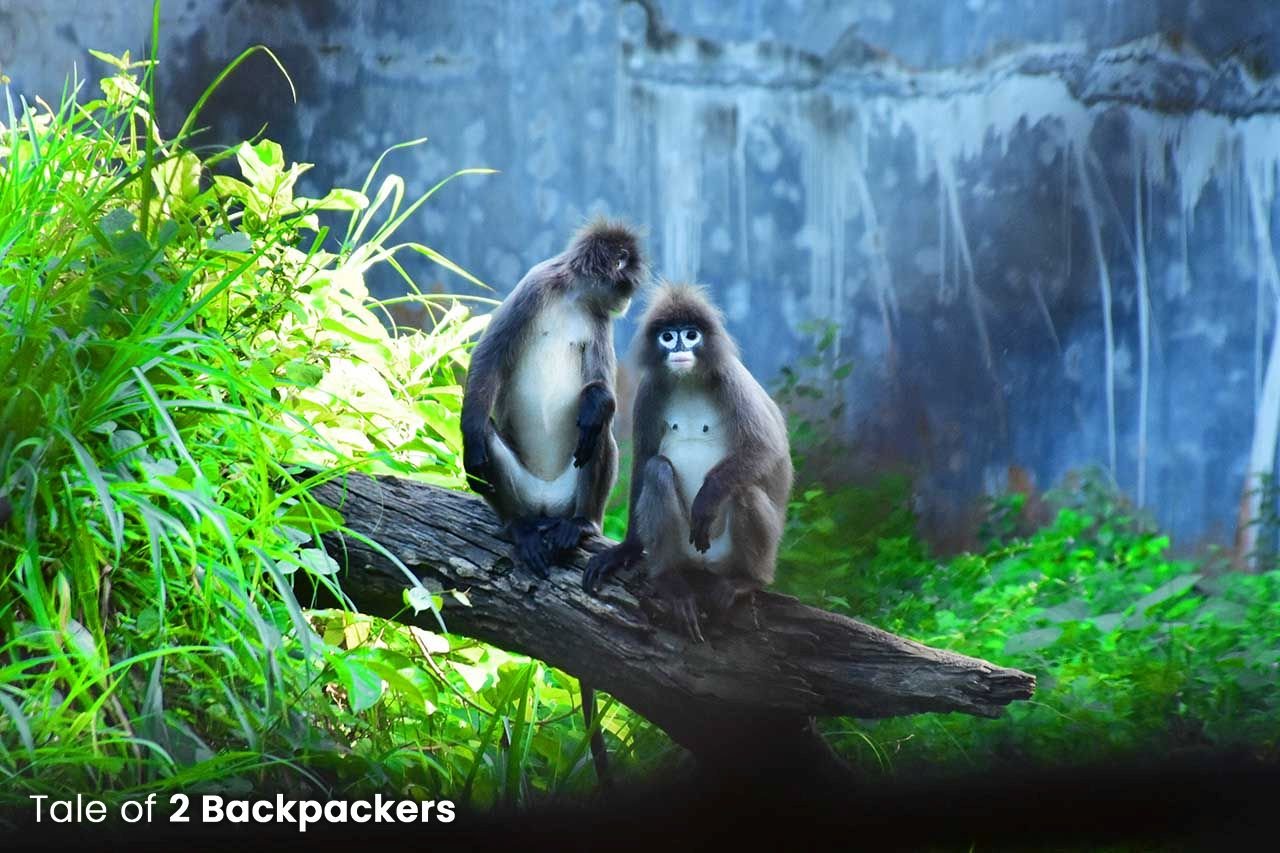
Sikkim is a haven for wildlife enthusiasts and bird watchers. 30% of all the birds found in the Indian subcontinent are found in Sikkim. There are about 550 species of birds recorded in Sikkim and many of them are endangered. Many endangered animals like the red panda, Himalayan Black Bear, Snow leopard etc are also found in Sikkim.
So if you wish to go for a wildlife trip to Northeast India, you will definitely not be disappointed.
Festivals of Northeast India
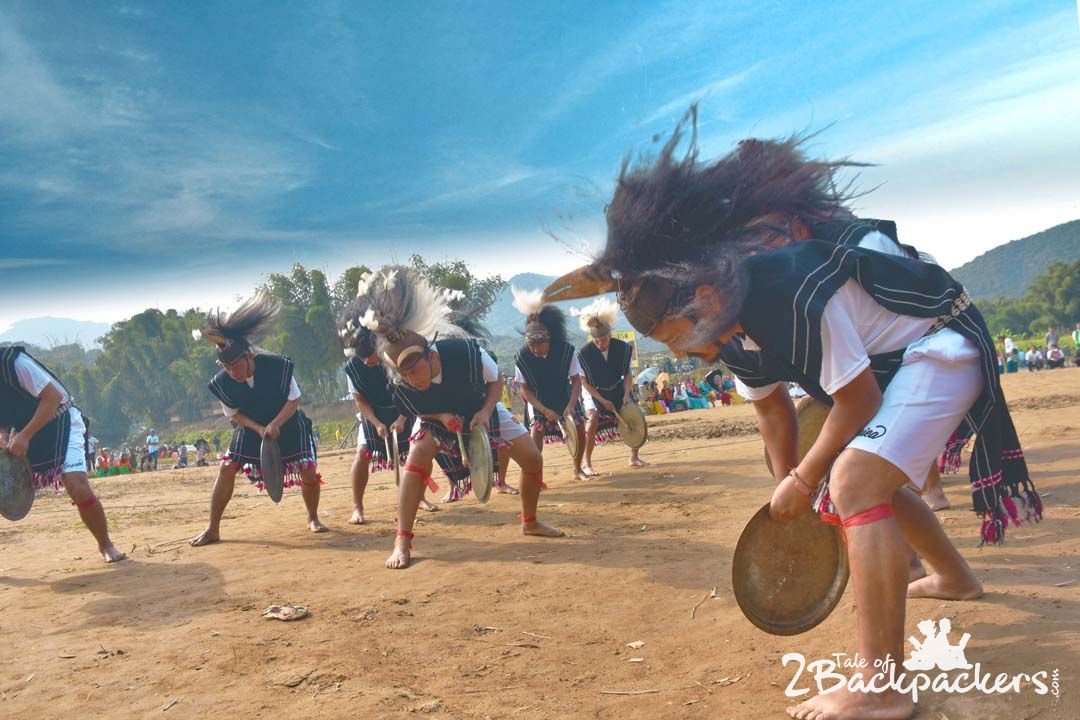
Festivals in Northeast India is a mélange of music, dance and colourful costumes. The festivals of northeast India are quite a spectacle to watch. While the Hornbill Festival and Ziro Festival of Music happen to be quite famous, there are many other festivals that are equally interesting and fun to attend. Here I have mentioned only a few festivals celebrated in Northeast India according to the months.
January
- Magh Bihu, Assam
- Dwijing Festival, Assam
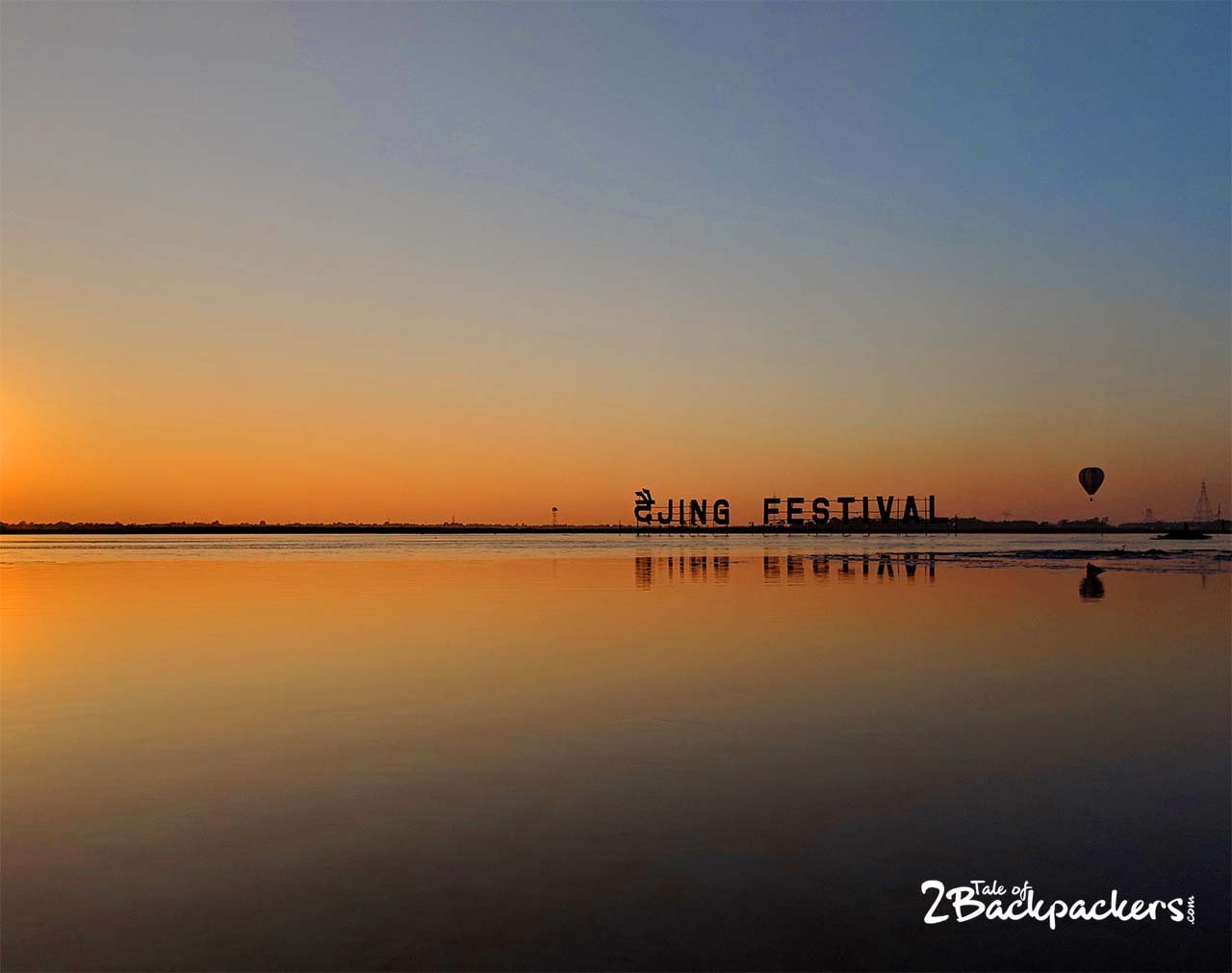
February
- Losar, Arunachal Pradesh
- Nyokum Yullo, Arunachal Pradesh
March
- Chapchar Kut, Mizoram
- Myoko Festival, Arunachal Pradesh
April
- Rongali Bihu, Assam
- Aoling Festival, Nagaland
- Mopin Festival, Arunachal Pradesh
July
- Dree Festival, Arunachal Pradesh
- Kharchi Puja, Tripura
August
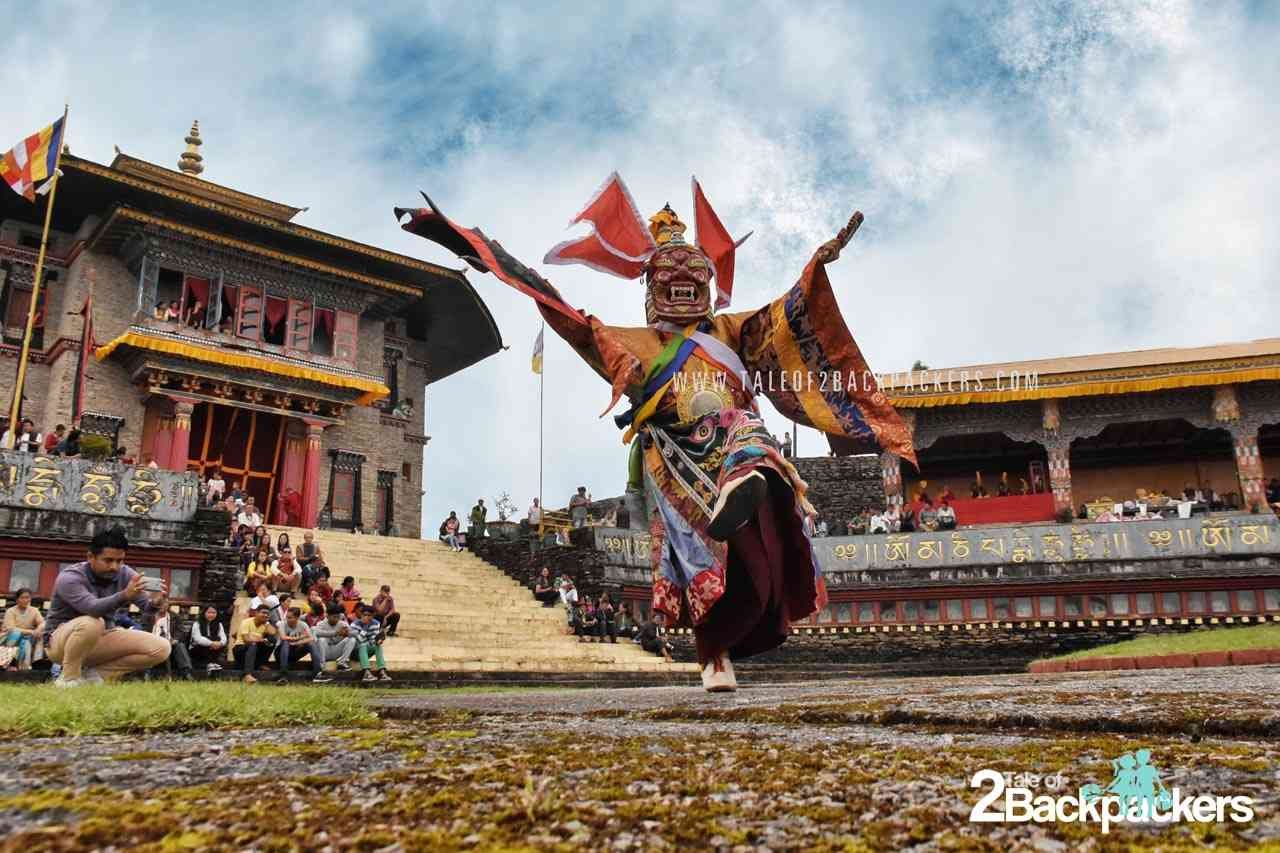
September
- Ziro Festival of Music, Arunachal Pradesh
- Anthurium Festival, Mizoram
October
- Tawang Festival, Arunachal Pradesh
November
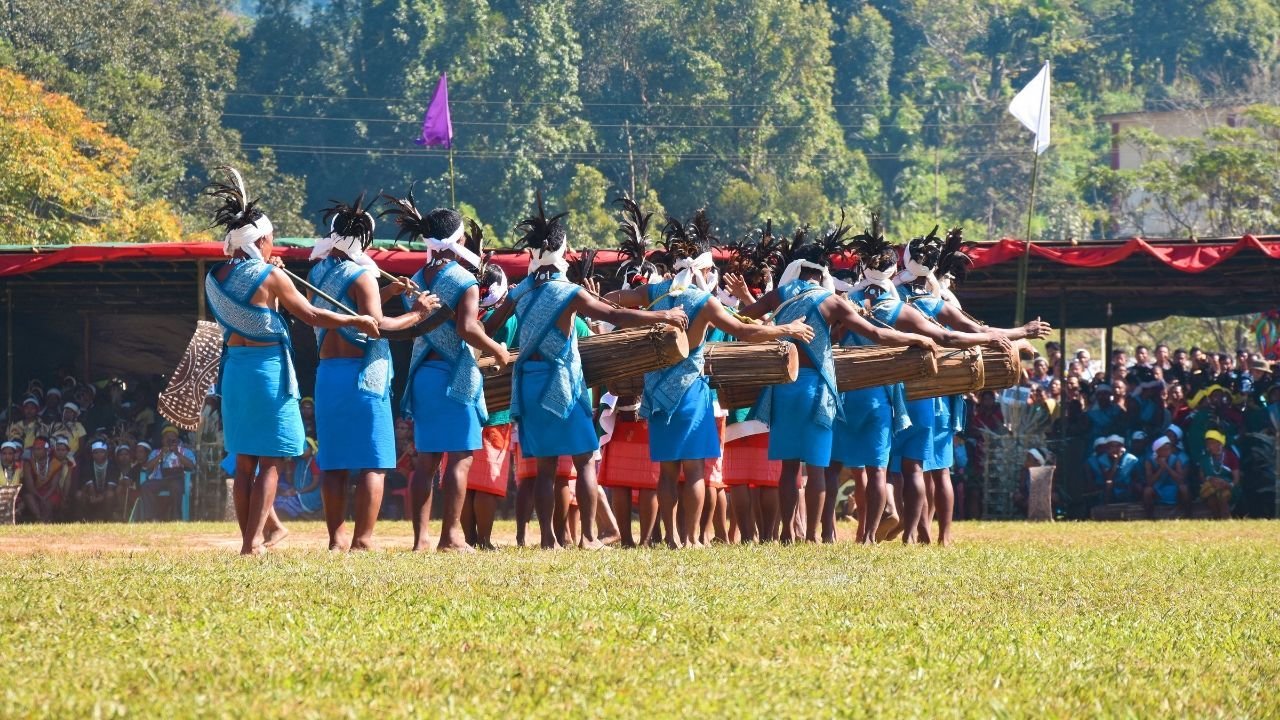
- Raas Utsav, Majuli (Assam) and Manipur
- Nongkrem Festival, Khasi Hills, Meghalaya
- Wangala Festival, Garo Hills, Meghalaya
- India International Cherry Blossom Festival, Shillong
- Sangai Festival, Manipur
- NH7 Weekender, Shillong
December
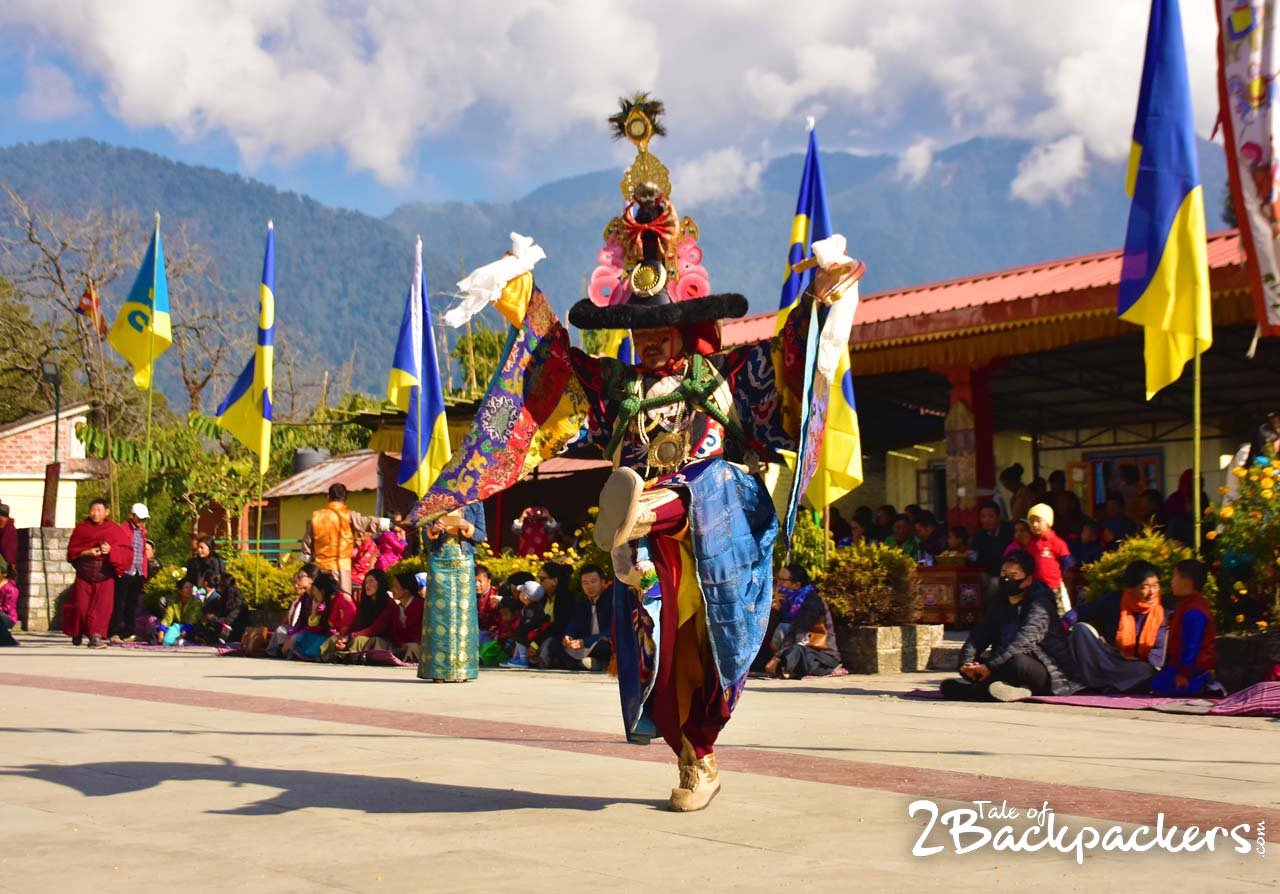
- Hornbill Festival, Nagaland
- Losoong and Kagyed Dance, Sikkim
- Basar Confluence, Arunachal Pradesh
- Dambuk Orange Festival, Arunachal Pradesh
Northeast India Travel Tips
A few things that you must remember while visiting Northeast India.
- Please respect the place, people and their culture.
- Respect nature and do not disturb the eco-system of the place. The locals live in close communion with nature.
- Do not judge the local community by their food habits and lifestyle. If you do not like any custom and rituals, stay away from it instead of being vocal about them. These customs are their heritage and they have been living by it since long.
- The people in Northeast India mainly eat non-vegetarian food. If you do not want to eat it, please let your host or tour agent know about it beforehand. Do not complain about the type of food you get. Do remember, that these are remote areas and your host provides you with the best they can. If you cannot compromise on your food habit, then probably northeast India is not the place for you.
- While staying in a homestay, please adhere to the house rules. Every community has its own set of rules and it is appreciated if you adhere to them. Live like a local when you are in Northeast India.
- Finally do not throw garbage and litter anywhere. Most of the villages in Northeast are very clean and they have dustbins placed at various locations.
- Do not get into fights and altercation with the locals. If anything is bothering you, let your host know it.
- Dress conservatively while visiting the remote areas.
- Do not venture out alone in remote areas. Take a local guide with you.
- Do not bring anything out from the sacred groves and be reverent to these groves. The locals consider these forest areas holy and it is their place for worship as well.

Should I opt for Northeast India Tour Package?
Well, this is one of the most important questions that can come to your mind. Well, if you are young and energetic, have time in hand and do not get frustrated if your travel plans get awry, then you can definitely travel northeast India on your own. While Assam, Meghalaya, Sikkim and Tripura have fairly satisfactory transport and infrastructure, the same cannot be said for the other states. Before you decide you want to travel on your own, keep a few things in mind:
- The roads are in bad conditions in remote areas. Landslides are common in hilly areas. It may so happen that you get stuck at a remote place and cannot move from there even in a couple of days.
- The shared vehicles start from its source usually early in the morning. If you miss it, you have to wait for the next day.
- Your plans can go awry any time in Northeast if there is a roadblock or landslide or some problem in the area. So you need to be flexible in your plans.
However, if you use to take a Northeast India tour package from an operator, then you do not have to think about these problems on the road. Your transfers will be seamless and you need not worry about the getting vehicles from one place to another. Also, you will be provided with a guide who will give you information about the place and people. He can also act as the interpreter between you and the local tribal people. Especially, if you are travelling with family, we would recommend you to take the help of tour operators.
Northeast India Travel Guide (FAQs Answered)
Carrying a raincoat or rain jacket is a must for your Northeast India trip, irrespective of the season you visit. You never know when it can rain there. If you are visiting during the winter, do carry proper woollens like sweaters, jackets, gloves, woollen socks and caps.
Carry a good pair of shoes and a pair of flipflops.
Do not forget to carry your ILP and PAP (where needed), Identity and Adress proofs and photographs. Foreign tourists need to carry their passport and Indian Visa.
Carry a mosquito repellant. You will thank me later!
Northeast India is a fairly remote area. The main cities, mainly the capital cities do have hostels. We have stayed in the hostels in Gangtok and Shillong and they were fairly good in terms of cleanliness and comfort. We had also looked for hostels in Aizawl, Mizoram. The hostels were very cheap, but they were not clean. We also did not see and facility for warm water. However, in Mizoram, the government-run tourist lodges are the best options to stay. I am sure Guwahati also will have proper hostels though we haven’t stayed in any.
Do not expect hostels in the remote destinations, especially the villages. Homestays are the preferred accommodation options in those places. Homestays are great ways to experience the local culture.
Different places have different language. There’s a huge variety. Each tribe has many sub-tribes and they have their own dialect. The same language can also have various dialects. However, as a traveller, you need not worry. Most of the people speak English. You will not have any problems with all the main tourist destinations. Only when you visit the remote areas, there can be a language barrier. But I am sure you will find a few in the village who can speak English and will help you.
Northeast India is a heaven for food lovers, especially the non-vegetarians. The food is as diverse as the land. While Sikkim is known for its momos and thukpas, Meghalaya is famous for Jadoh, a tangy rice item made with pork fat. Infact, you will get some of the best pork dishes in Meghalaya. Assam is known for its tangy fish curries and pitha (I love them both) while Nagaland cuisine uses dry bamboo shoots as one of its signature ingredients. Dry pork roast and pork with bamboo shoot are quite well known in Nagaland. Iromba is one of the favourite dishes of Manipur.
Many people of Northeast India also eat many exotic types of meat like that of mithun (a goat like animal), smoked rat, yak meat, snails and fried caterpillars apart from chicken, mutton, beef and pork. Even if you do not wish to taste them, please do not disrespect your host if they offer you the dish. Politely let them know your inability to have the dish.
If you are staying at homestays, food will be prepared by your host. You can tell them your preferences beforehand. In the cities and known tourist destinations, there will be restaurants where you can have your meals.
Food not to be missed: Assamese Thali, Jadoh from Meghalaya, Momos and Thukpas from Sikkim, smoked pork from Nagaland.
No. The permits let you travel through a prescribed route. It also depends on state to state. For example, with a permit to Gurudongmar Lake, you cannot visit Tsomgo Lake and with a permit for Tawang, you cannot probably travel to Ziro. You have to mention the places you wish to visit while applying for your permit. These permits can be extended and places can be added as well. The permits for Mizoram and Nagaland can let you travel the entire state.
Also, there are places in the Northeast where you are not allowed to travel like Tso Lamu in Sikkim.
Northeast India had been a troubled land in the last few decades, mainly because the region was secluded from the rest of India. There was a time when there was mutual mistrust between the tribal communities of Northeast India and the rest of the country. Places like Nagaland, Manipur and Tripura were once considered dangerous to visit. Infact, this is one of the reasons why travel information about the northeast is so less. We remember when we visited Tawang in 2012, the area between the Sonai-Rupai forest was considered a conflict zone and the cars were all escorted by military vehicles!
But those are days of past. Northeast India is now absolutely safe to travel. Some skirmishes continue to happen now and then, but it is okay to travel. As I keep on repeating, the people are really helpful and friendly and would help you in every way possible.
I have travelled Northeast India solo quite a number of times and I never felt unsafe. I had travelled to Tura solo that was once considered an insurgent area without any problem. However, that does not mean you will head into an area where you know problems are going on. That would be foolhardy. Take an informed decision before visiting any place. I think that goes for any destination in the world.
Yes, you can if you visit those areas where the tribal communities live. It is recommended to take a guide with you when you visit these areas. You can interact with them, take their photographs and spend time with them as well.
This totally depends on what you want to see and where you want to visit. Our recommendation is not to rush travelling in Northeast India. The place is best enjoyed and experienced if you travel slow. If you wish to visit one state, then 7-10 days will be good to cover the main attractions of that state.
Mobile and wifi connection is available in the main cities, towns and popular tourist destinations. But connectivity is poor in the remote areas.
In this blog about Northeast India travel, we have tried to cover all the important information. If you still have any questions, do ask us by commenting below. You can also send us a mail to info@taleof2backpackers.com with your queries.
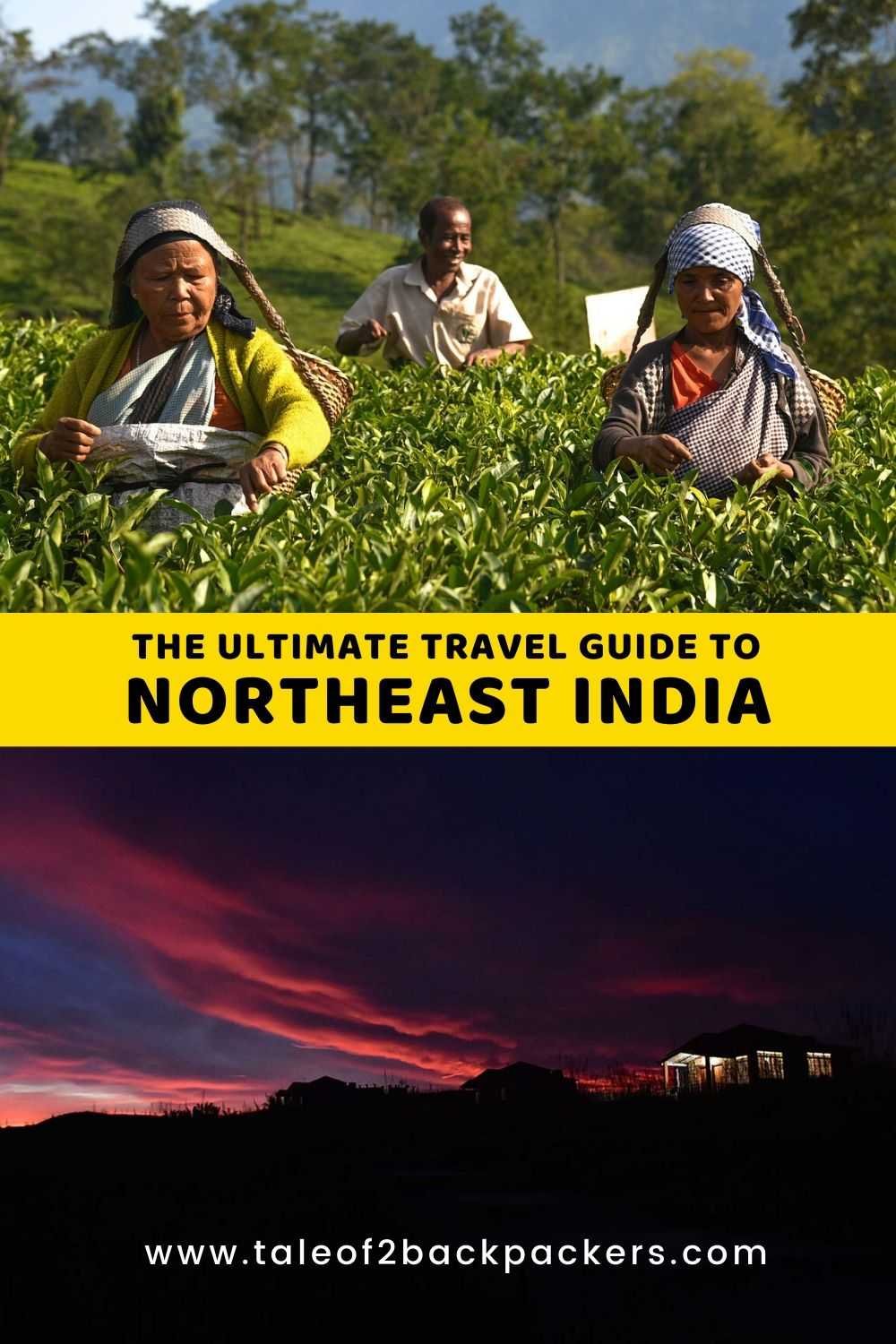
Resources for Travelling to Northeast India
- Tawang Travel Guide
- Majuli – A complete travel guide
- Meghalaya Travel Guide
- Offbeat Places to visit in Meghalaya
- Mizoram Travel Guide
- Sikkim Travel Guide
- Tripura Travel Guide
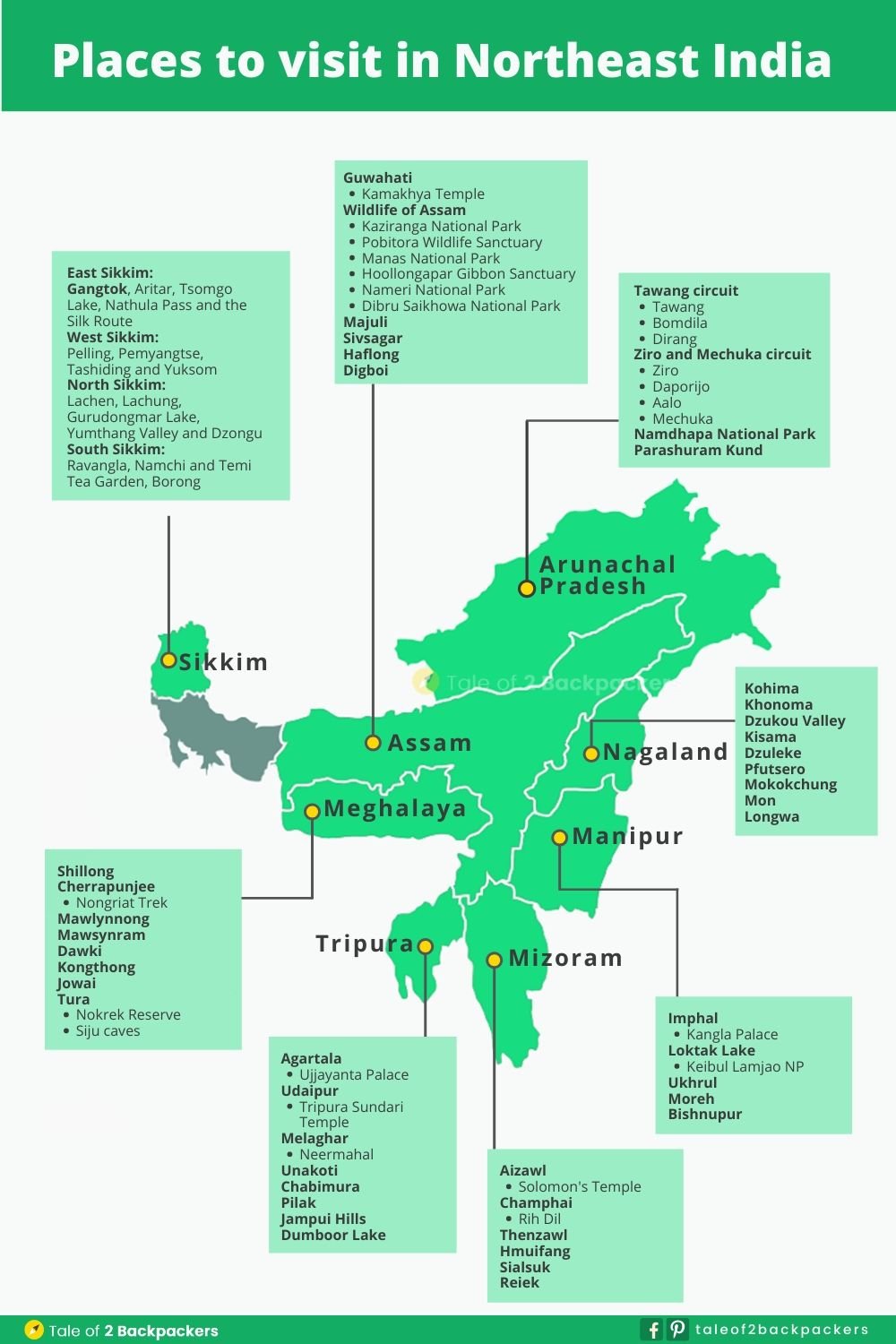


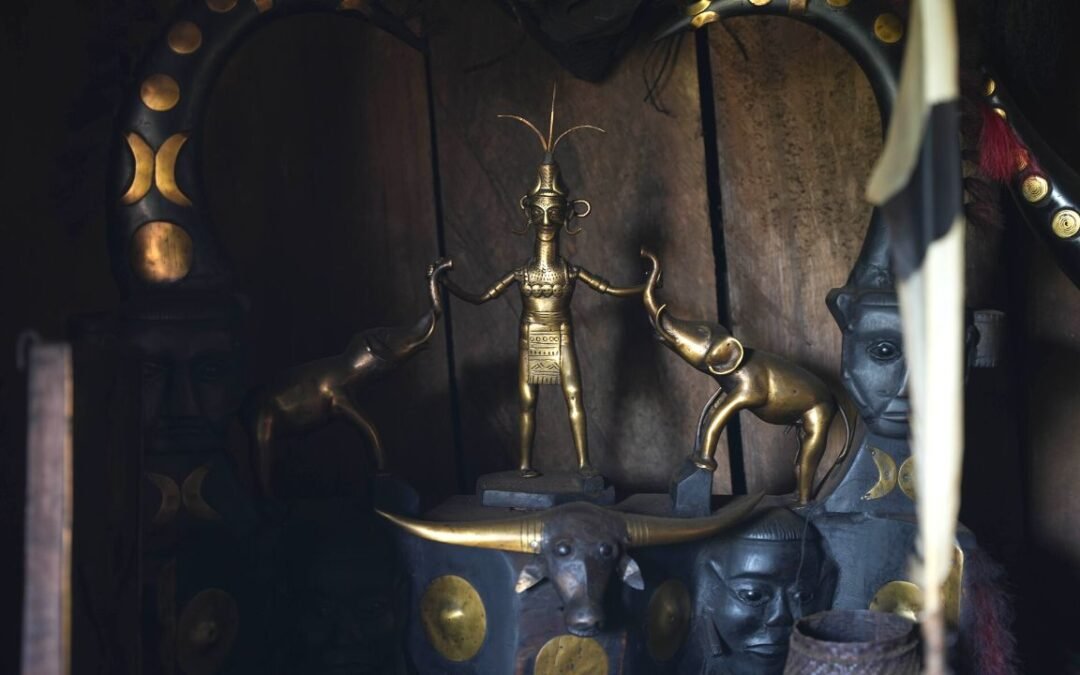
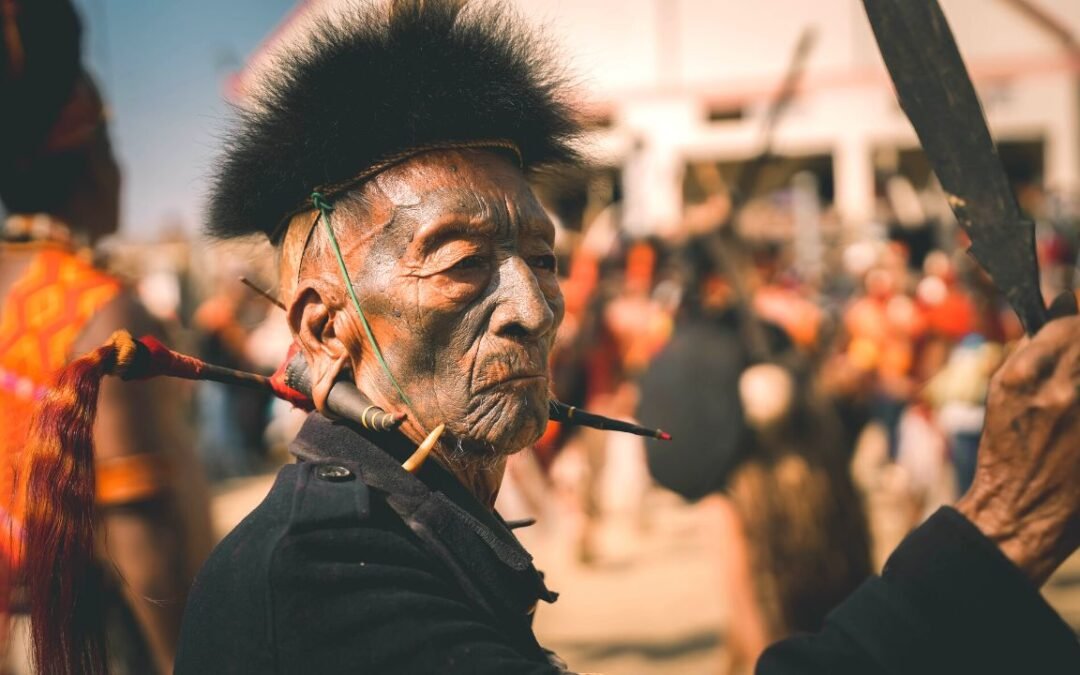
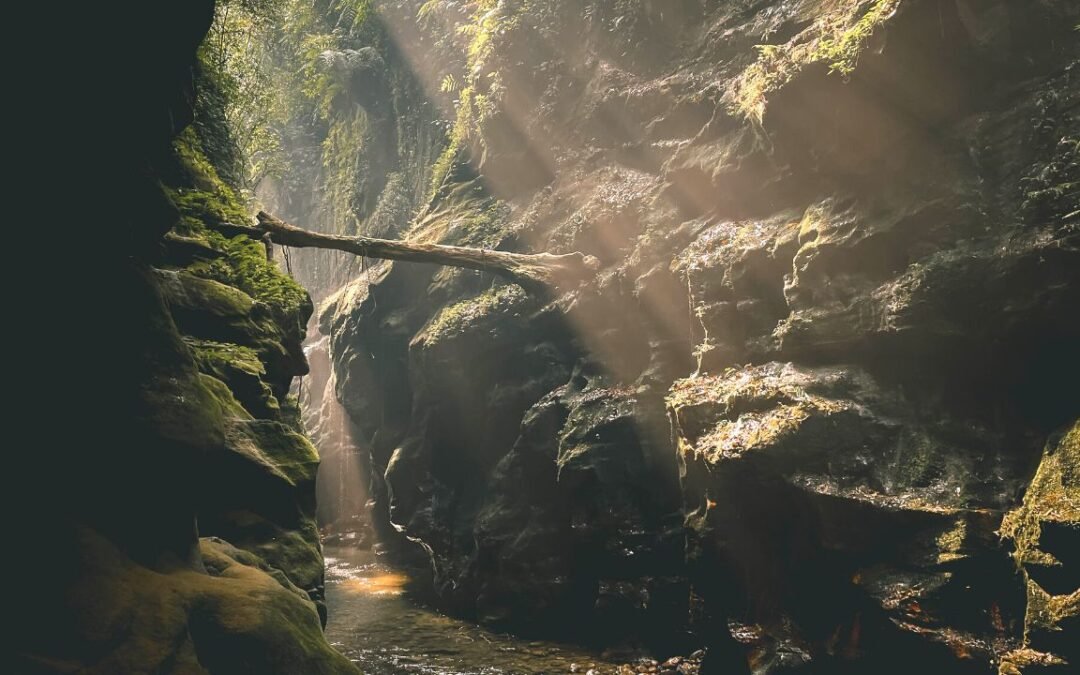
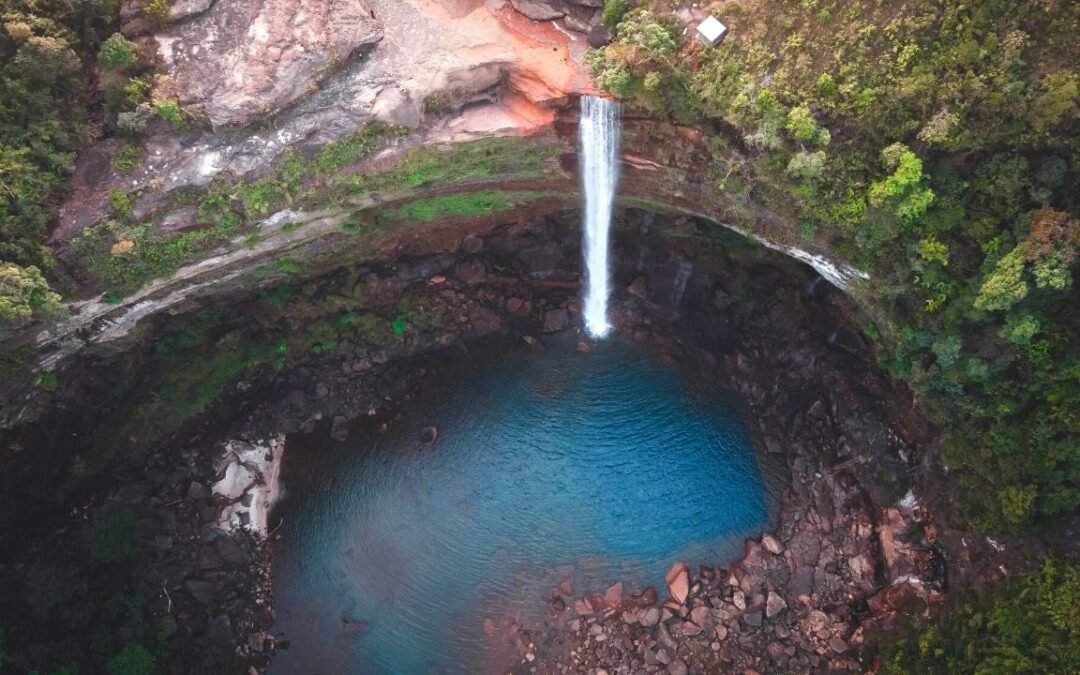
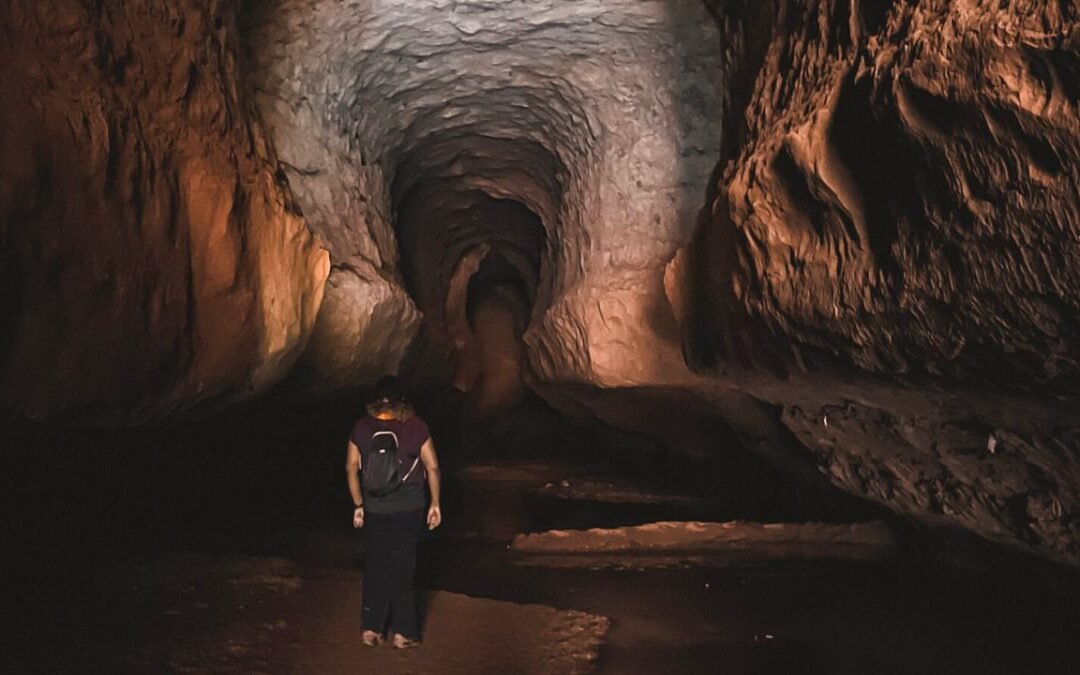
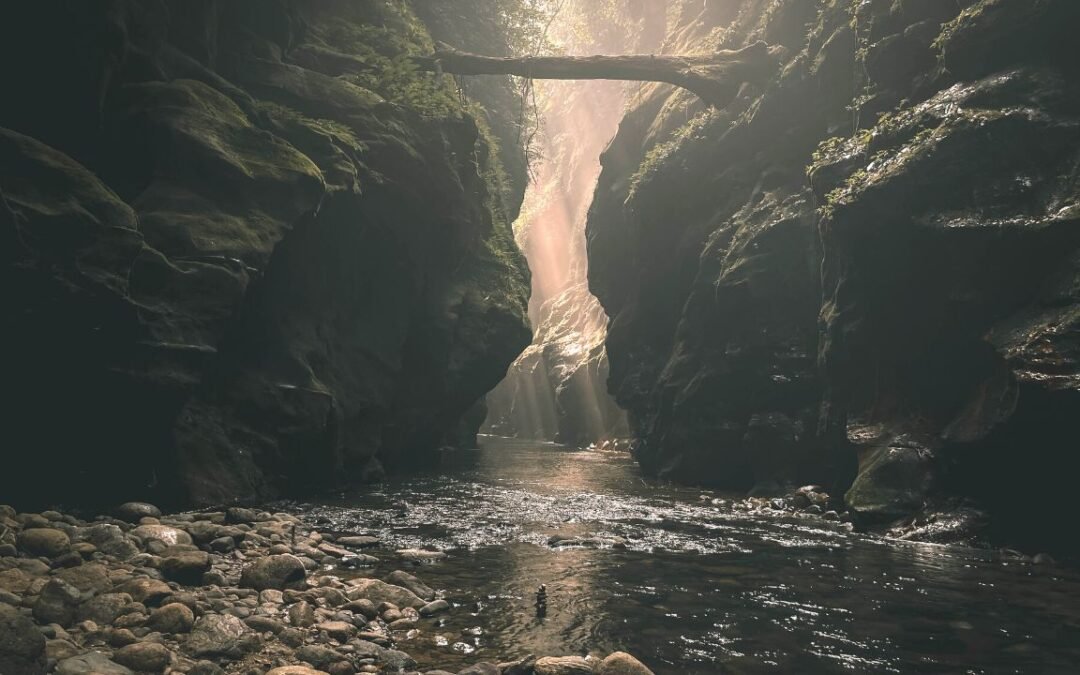
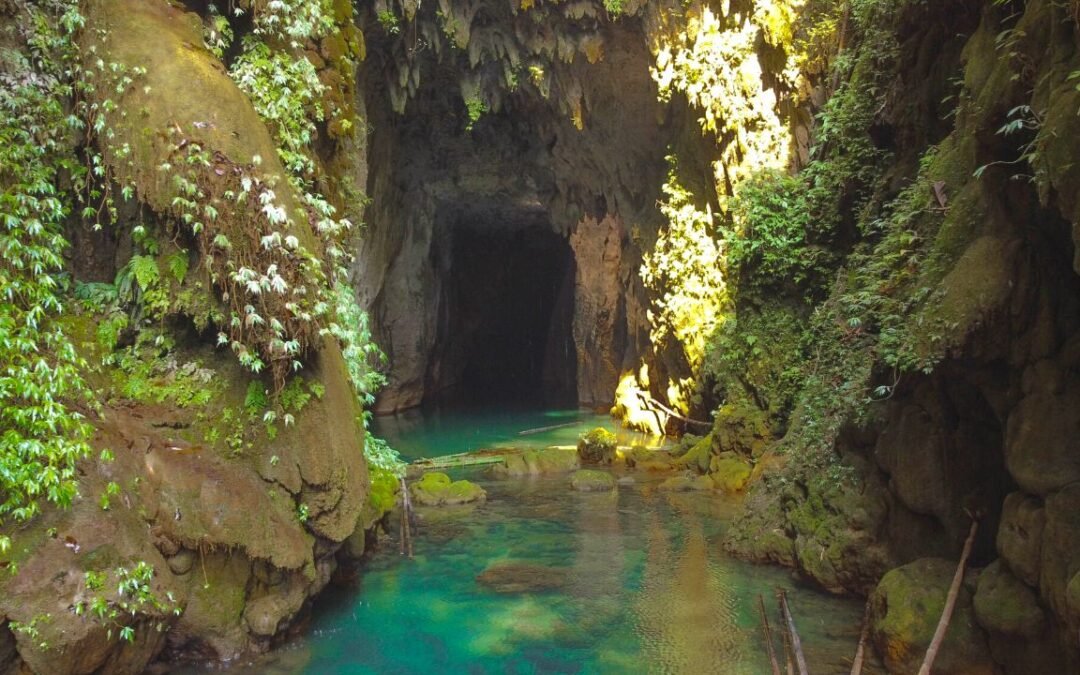
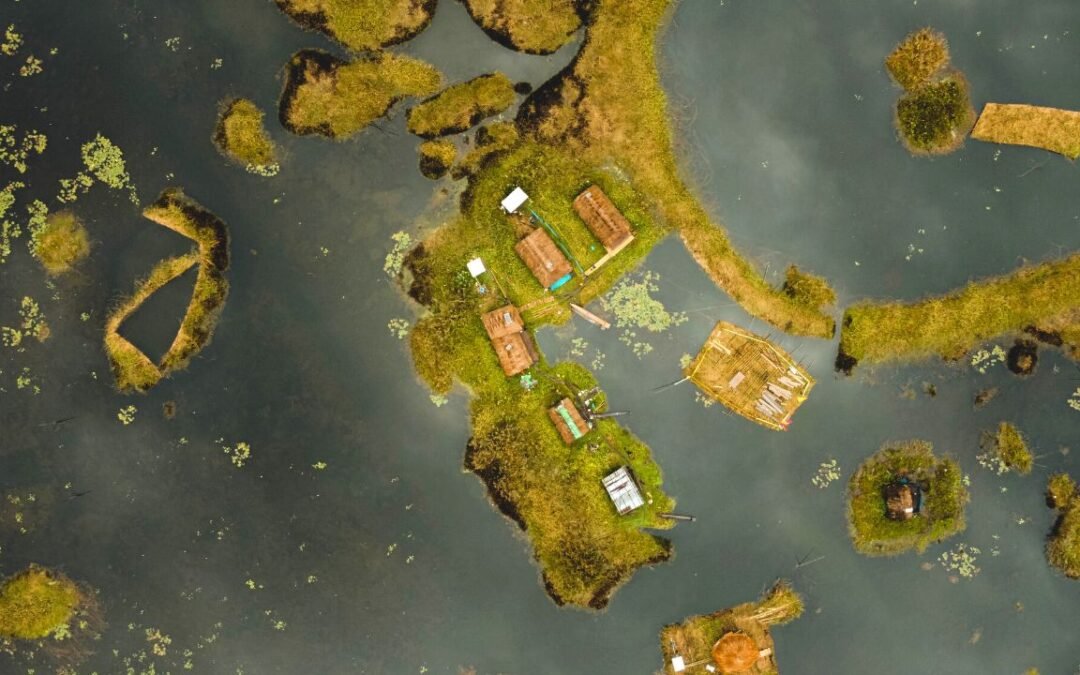
Wow! This is an amazing and comprehensive guide to visiting the North East, Agni & Amrita! Really appreciate the efforts you would’ve out into this for curious travellers like us who are eager to explore that region (especially the ILP guide) 🙂
And the pictures are interwoven well too. Can’t wait for the pandemic to ease out so that we can venture out here 🙂
Thank you so much both of you! Glad that you liked it!
That is a solid guide that I am bookmarking for my travel – whenever that happens. I have only done one of the 7 states there and was hoping to do one more this year. In particular, I loved the section on the permits coz that info is not that easy to get.
Thank you Ami!
wow this is such a comprehensive guide for North East. I am surely keeping this pinned for my upcoming trip to North East. This is insightful
Thank you Tanayesh!
This is most detailed blog on North East India I have ever come across. I now know where I need to look for any information when I’m planning my trip here. Such a great effort guys. You’ll have mentioned every possible detail anyone would require! So commendable.
Thank you so much!
Quite a comprehensive guide for all the 8 states with all the basics covered! Loved how precise and well researched this piece was. I’ve only been to Nagaland in the northeast and the culture uniqueness is astounding. Northeast is one of India’s most beautiful regions and you’ve showcased that pretty well here. Especially the last image that marks the top things to do in each state. Pinned it for later!
Thank you Avantika! I was reading your posts on Nagaland and they are beautiful!
This is by far one of best, most comprehensive and detailed guides on the North East. Apart from Sikkim, I haven’t been to any other state in the North East and this post has only reignited the travel itch. One of my biggest apprehensions has been the availability of veg food. Some friends returned from Nagaland complaining about going hungry on so many days! The raw beauty of Arunachal and the national parks of Assam are my biggest motivations to visit the NE:)
Thank you Divyakshi. Yes, food can be a problem for vegetarians, but if you don’t mind eating boiled vegetables and rice for a few days, I think Northeast will be just great!
wow man! The blog post is so detailed. Really loved how it has been written. Starting form the maps to history to finally places to see. I have been to only Meghalaya in North East and would love to explore more. Will surely be pinning the blog for my northeast trip
Thanks Nishu! Glad that you liked it!
This is such a comprehensive guide of entire North East India, we are going to save it definitely. Was searching for something similar for long.
Thank you!
Wow guys, this is a Northeast India Bible. We love the Northeast and the love started when we took our firs trip together to Meghalaya in 2019 after which we made a pact to travel to atleast one north east state once a year.
Thank you Diana! We have been visiting this beautiful place for long.
Looking at the post makes me wanna go and relive all the memories which I had in bits in north east m. There is so much more to just visiting Meghalaya or Assam. Reminds me of my quite days in Imphal .. I wanted to go and attend the Zero and Hornbill festival bit let’s see if this can be done this year or not
I also want to visit the Ziro and Hornbill Festival. Lets plan together!
Wow wow wow !! This is the most detailed travel guide anyone can ever ask for…after reading this I don’t think I need to look up anything else before visiting all of North East! Well done!
I have been to Sikkim many times since I was born and brought up in Kolkata and totally love Sikkim. Shillong is another favourite, stayed at Ri Kyunjai and was so awesome , the view was to die for.
Looking forward to your next blog.
Thank you Anindita!
You have kind of presented a wholesome introduction and guide to Northeast India. I especially loved the Map showcasing the locations.
Thank you so much Joydeep!
Thank you Agni & Amrita. Super detailed, and best guide.
Looks like we need a good 2.5 months to cover the entire North East. May I request if you can suggest how can we divide these 7 states in sections for example Assam & Meghalaya can be done in 2-3 weeks & in next trip other two states can be clubbed together etc. Which can give a fair introduction to North East region and quest to visit other places in next trip 😉 ( I am planning for Jan 21 )
Again, Thank you so much for taking these efforts and inspiring us to travel to these gems of India.
Thank you Neha for the lovely comment. Yes, you would need at least 2.5-3 months to cover entire northeast India. I would request you to please drop us a mail with your queries. Thanks again.
Superb, detailed guidebook to travel the heaven. Thank you so much.
I had certain queries, how to get in touch to know more about it?
You can send us a mail at info@taleof2backpackers.com or drop a message at Instagram.
I am a travel blogger. I found your blog interesting. I appreciate your writing. The author rightly highlighted the favorite destination to visit in the northeast. I personally follow your blog on regular basis for new updates.
Thank you so much for your kind words! Please keep following our blog!
Thank you so much for showing me the details of so many things from the North East.I must travel north-east
Thank you so much for our comment.
Amazing North East of India! We had just visited the Meghalaya and covered almost all the places you have listed here.
Thank you Abhi for the comment. Watched your vlog. Its lovely!
I am a passionate travel blogger. I look at your posts regularly and thank you so much that you have shown the places of North East India in such detail. I especially like the location display map. Thank you very much sir for giving this update.
Thank you so much for your kind words. Keep reading our blogs and supporting us.
Never seen such a wide coverage on seven sisters. You have covered every aspect, so nothing much to ask – just take your baggage and catch the flight. Would love to combine a package tour and my own programme. Thank you.
Debasis Mallik
Thank you so much for your comment! Northeast India is a wonderful place. Hope you have a wonderful time there.
Excellent!
Thank You!
Wow. Very detailed and informative. Covers whole north east. Would look forward to specific travel guide for Manipur and nagaland too. Thanks!!
Thank you so much for your kind comment. Blogs on Manipur are coming soon!
Nice pics……. great place …… wanna go ……. very nice description …… thank you for this blog….
Thank You so much for this detailed article on North-east India .
I have visited Gangtok two years back and what an experience ! It was so soothing to mind and body that I can’t express it . I am now planning to visit Assam next . And specially the Kamakhya temple which carry a great history with itself .
On thing I must say that the rich history of Northeast region needs a close attention of both state government and central government . People of India aren’t aware much about the rich culture and history of north-east because of the ignorance of the Government .